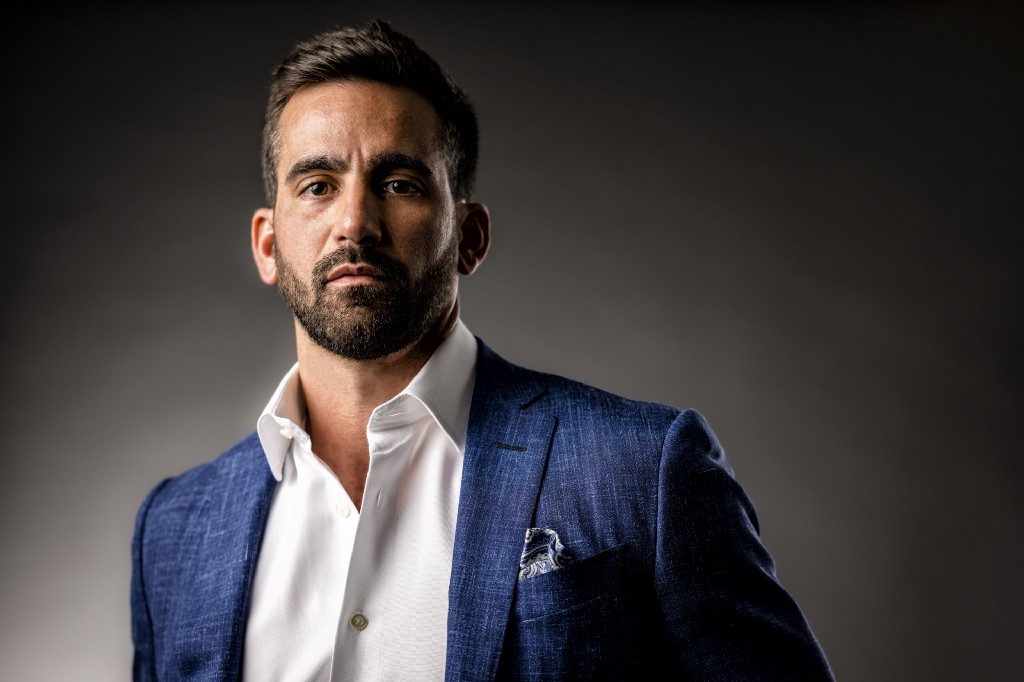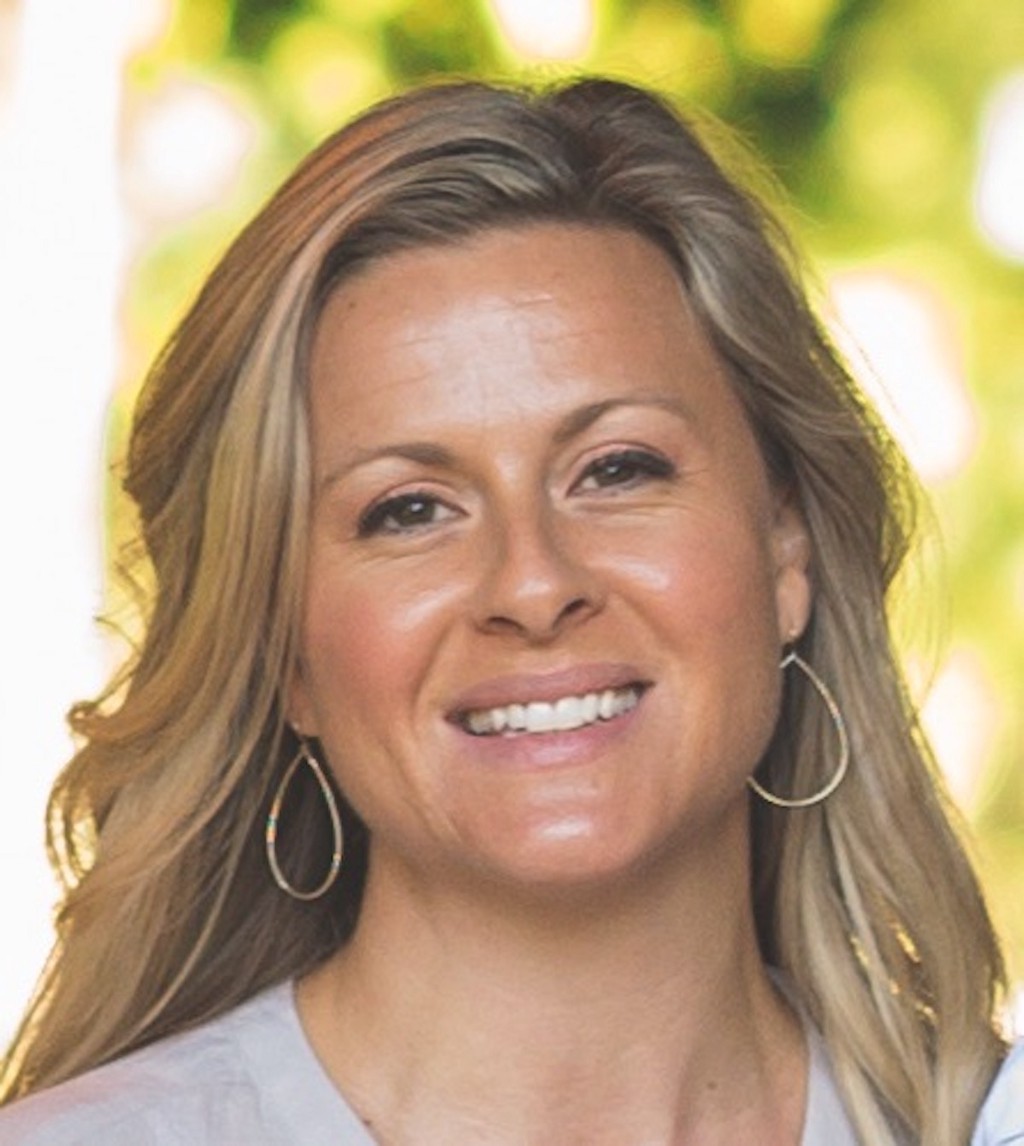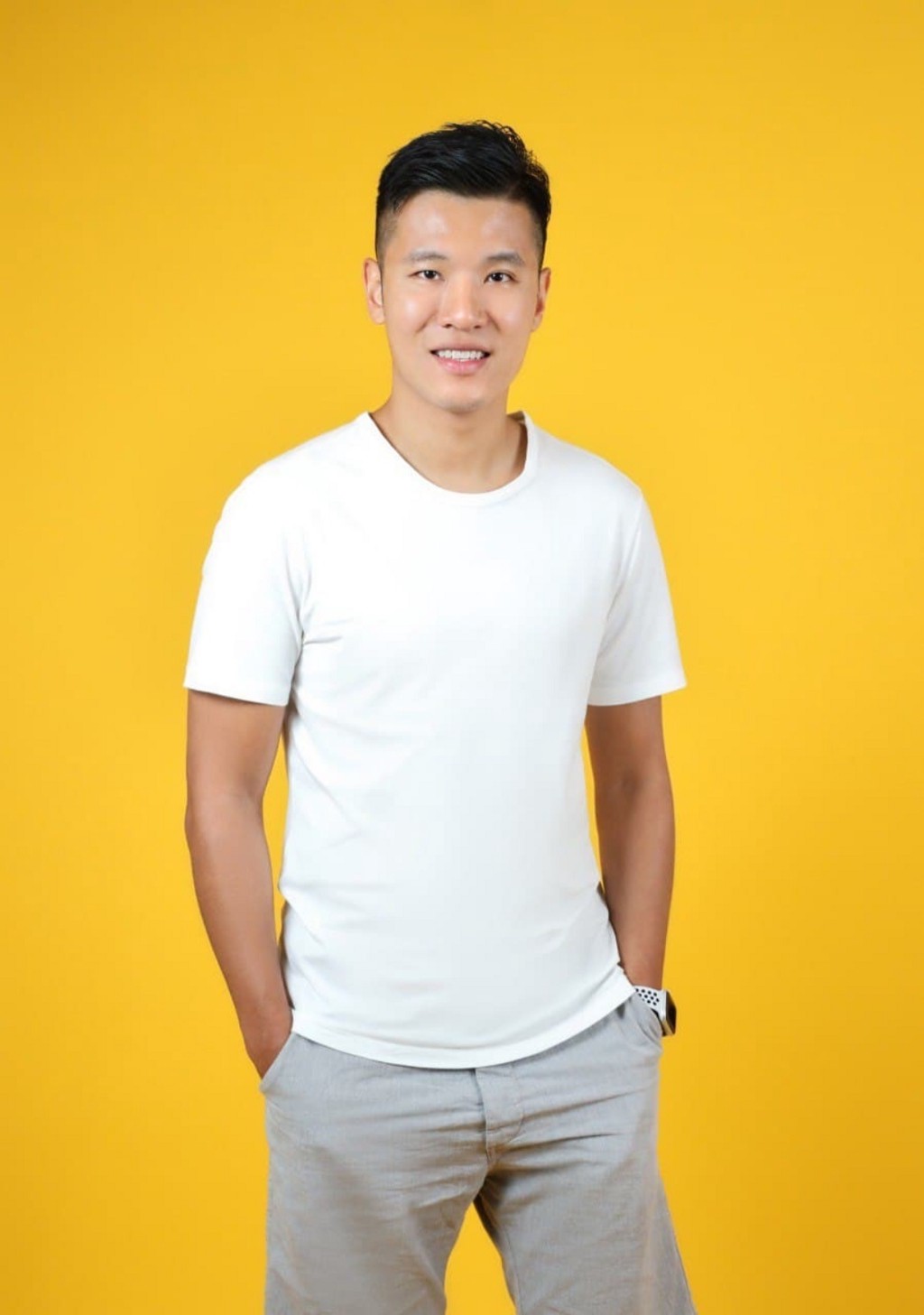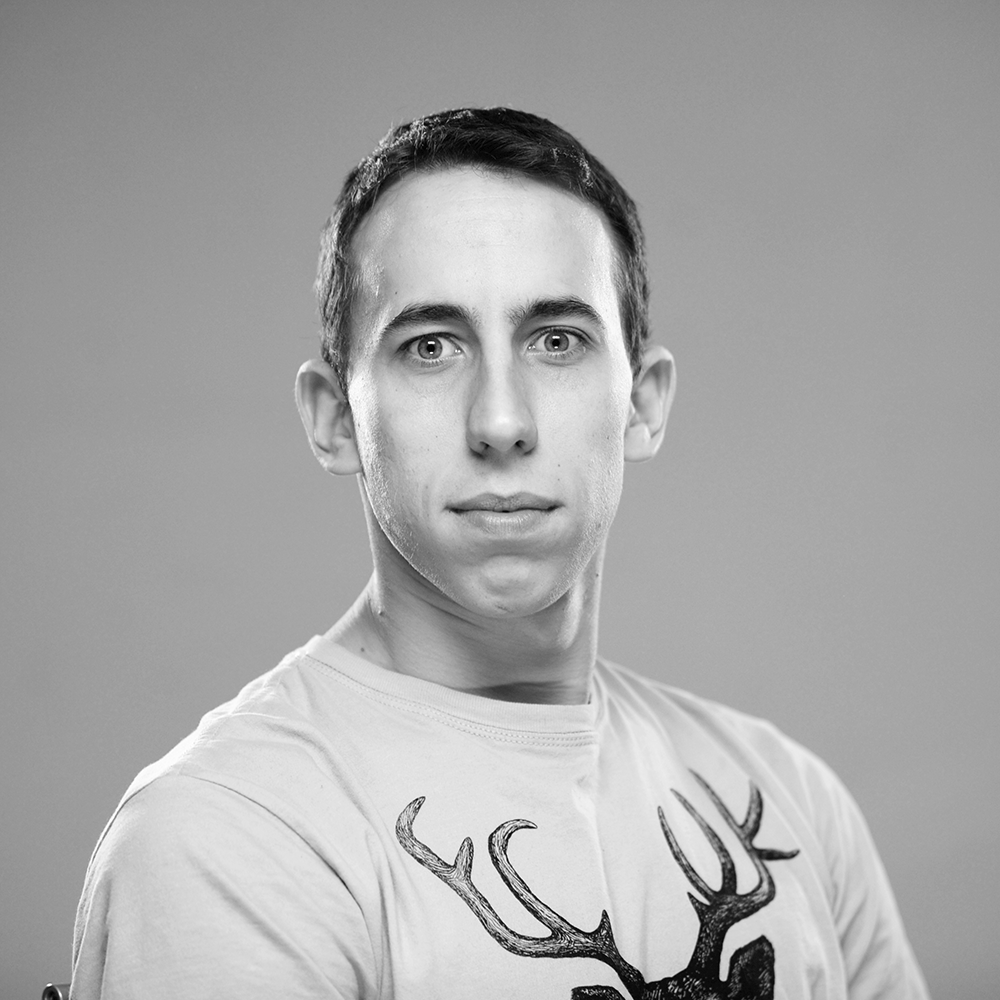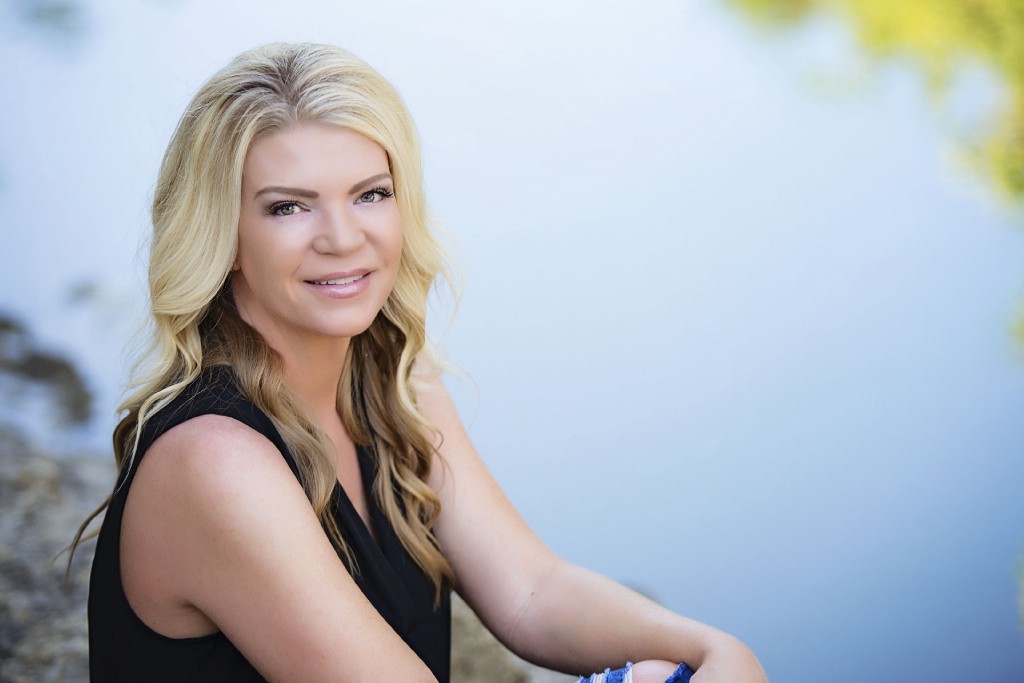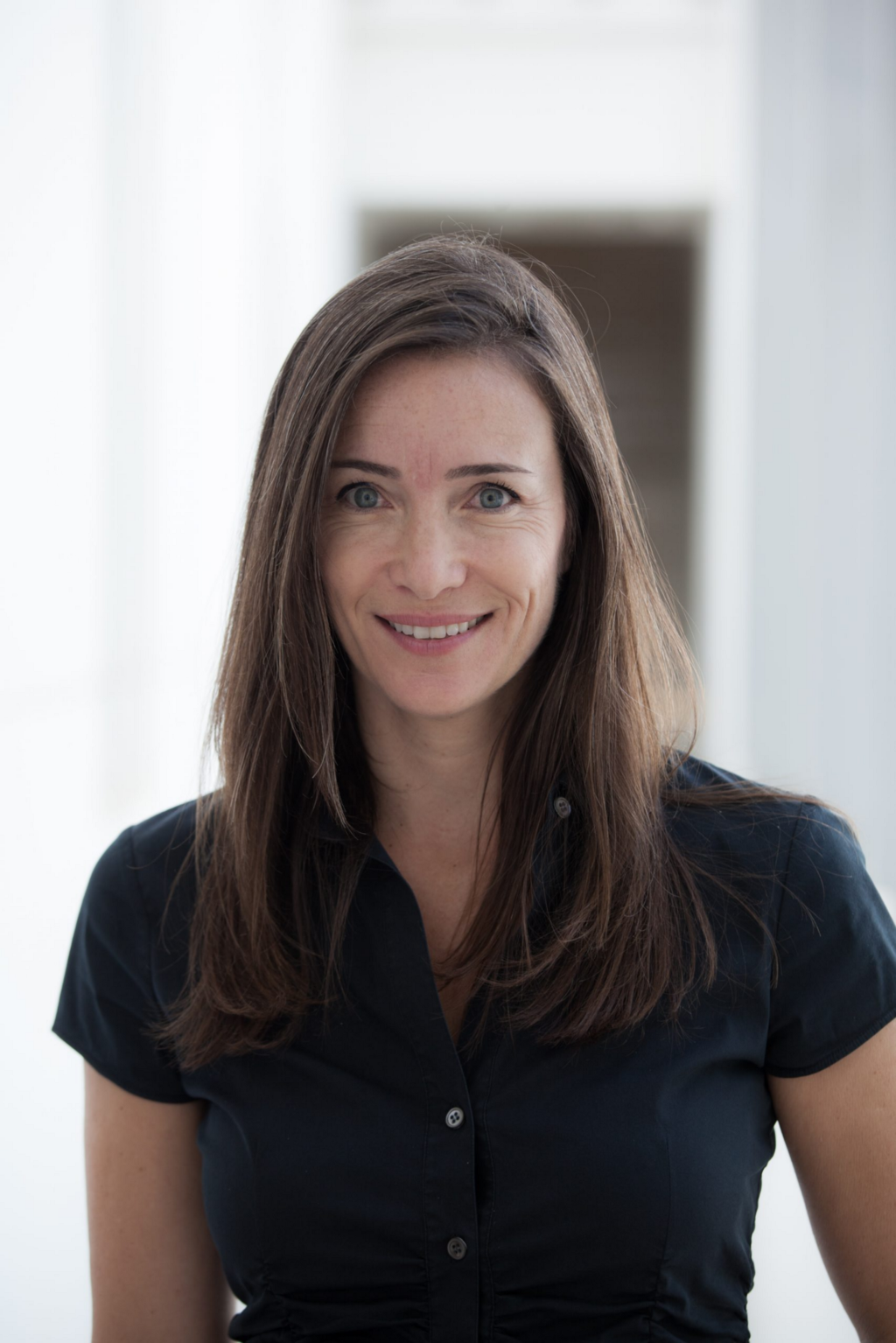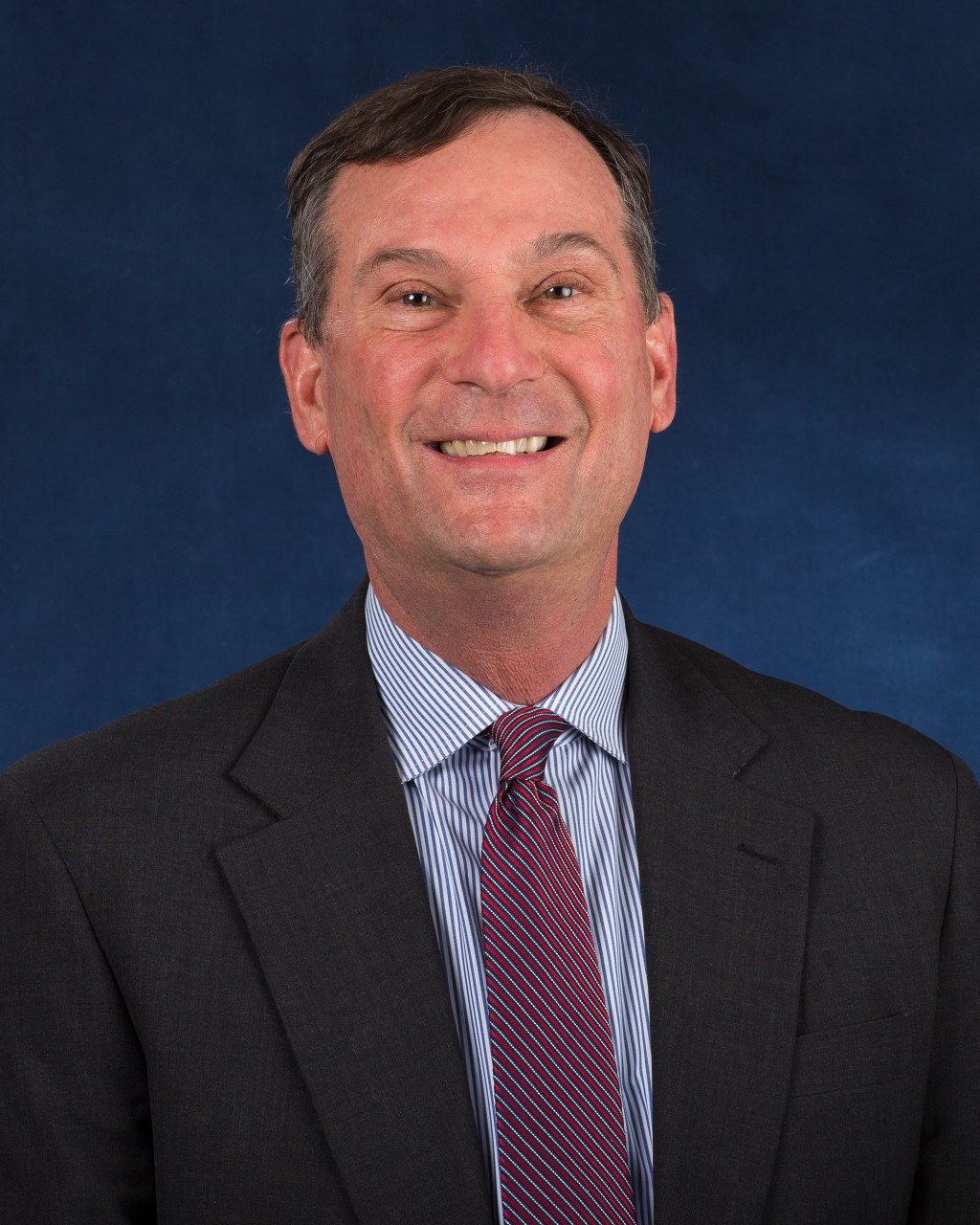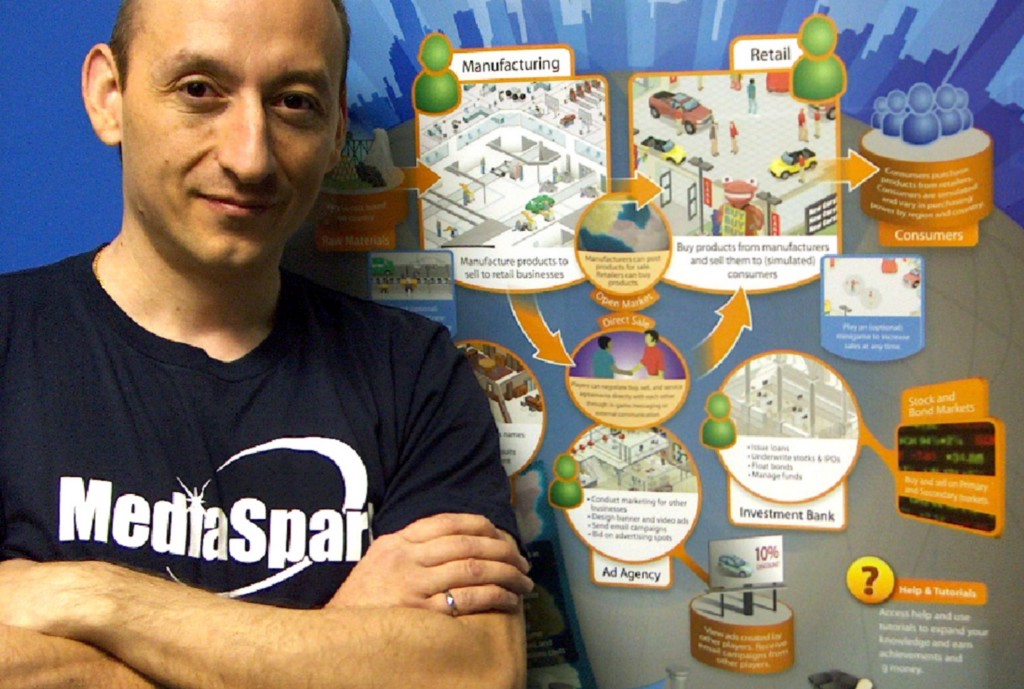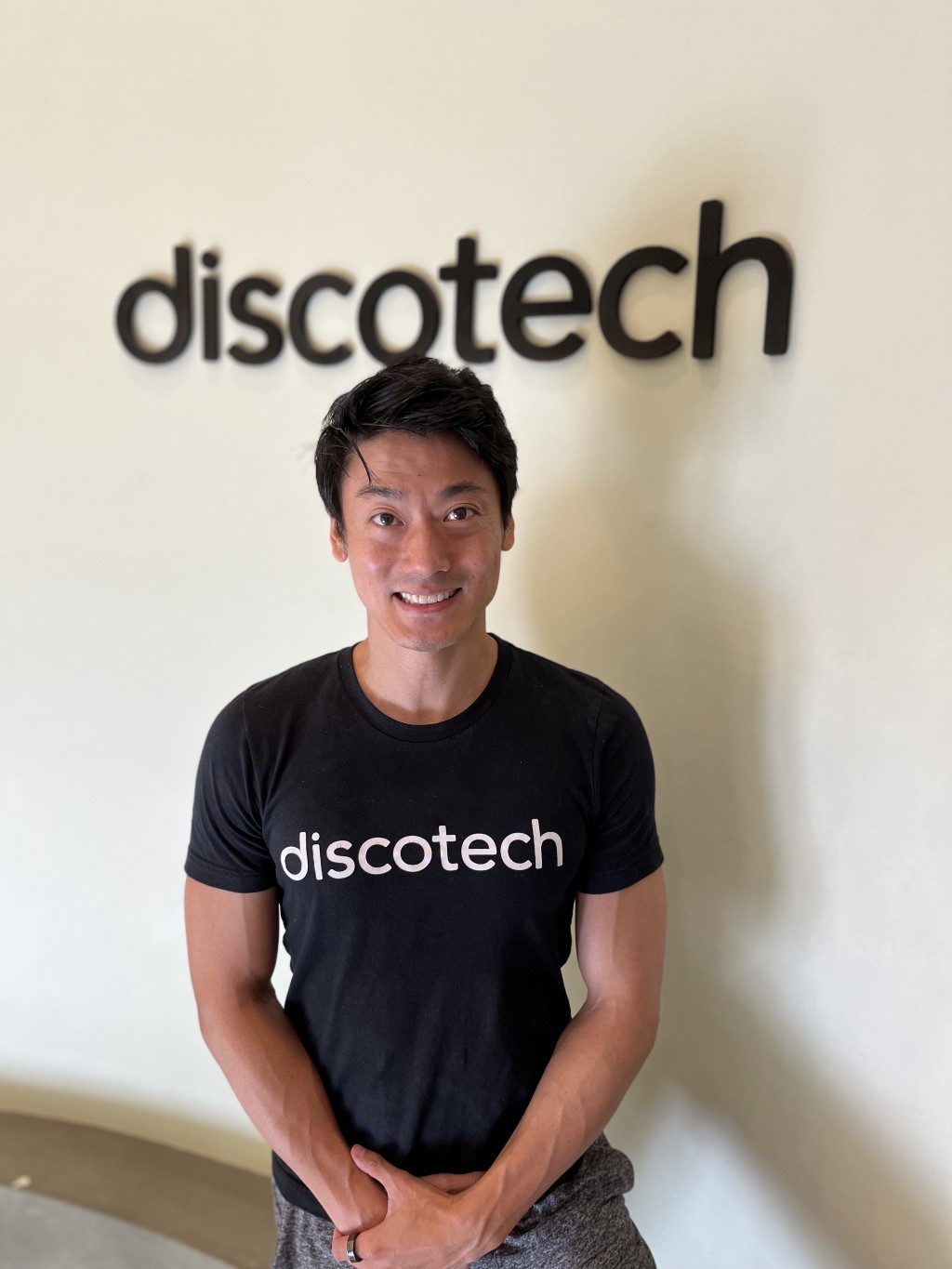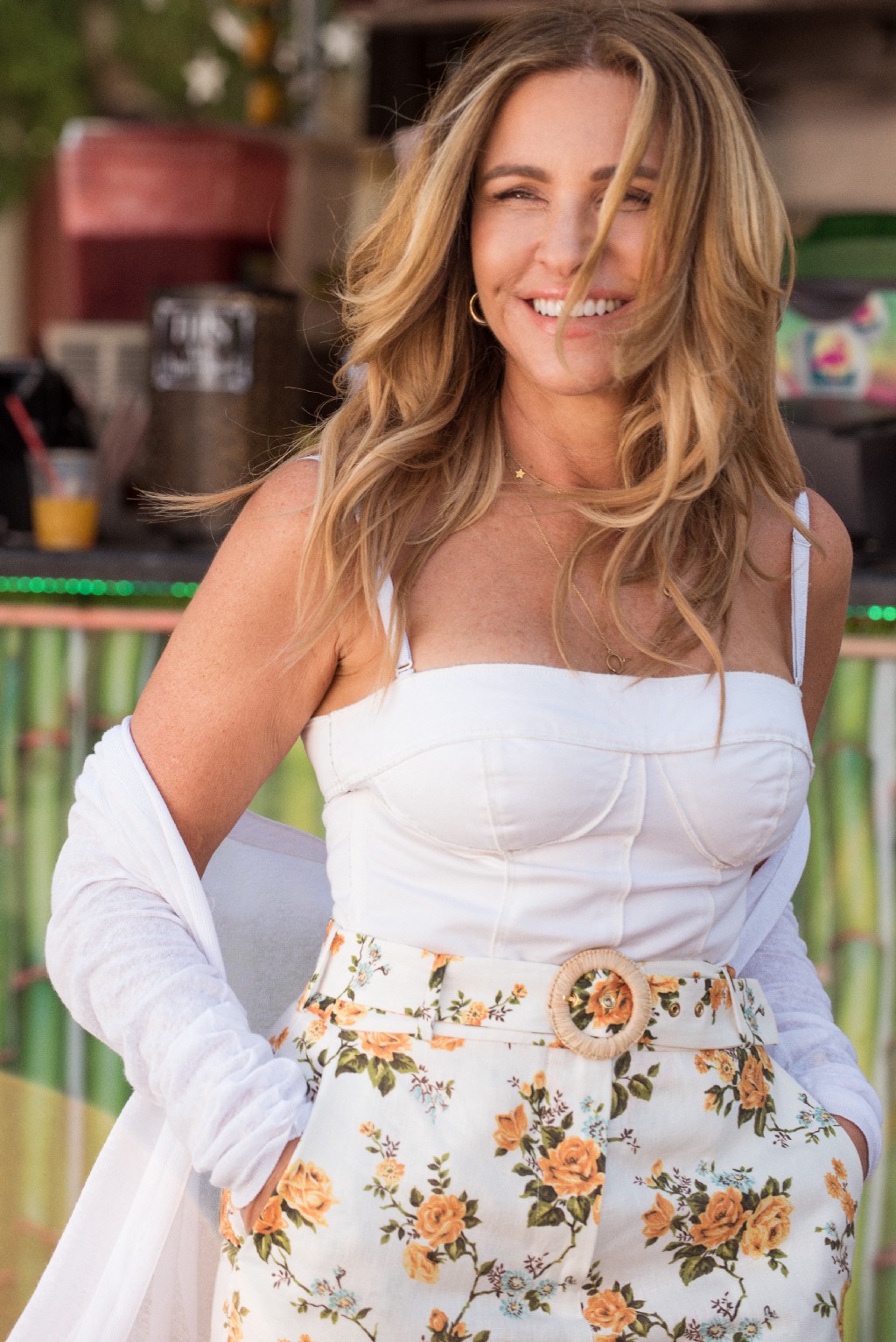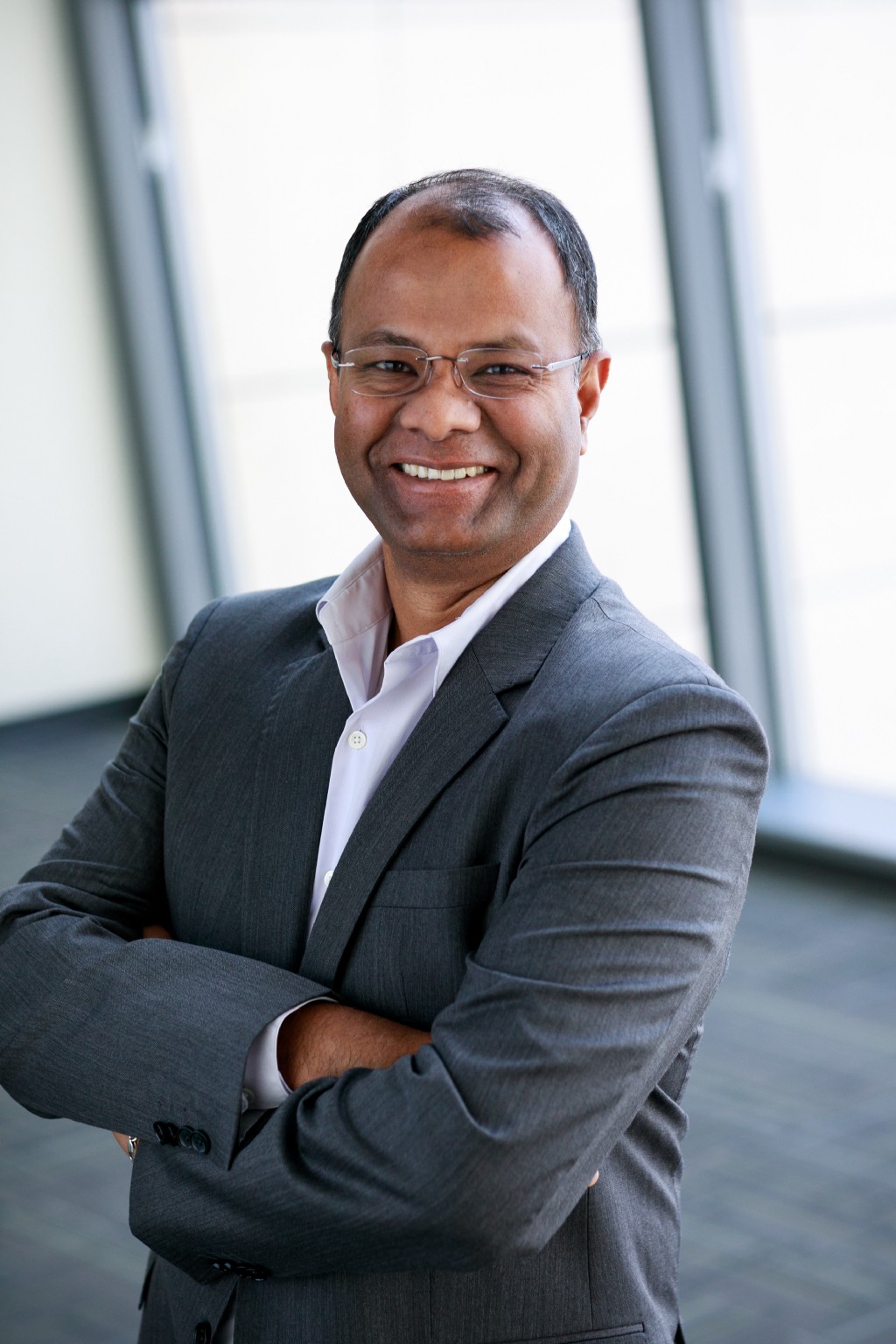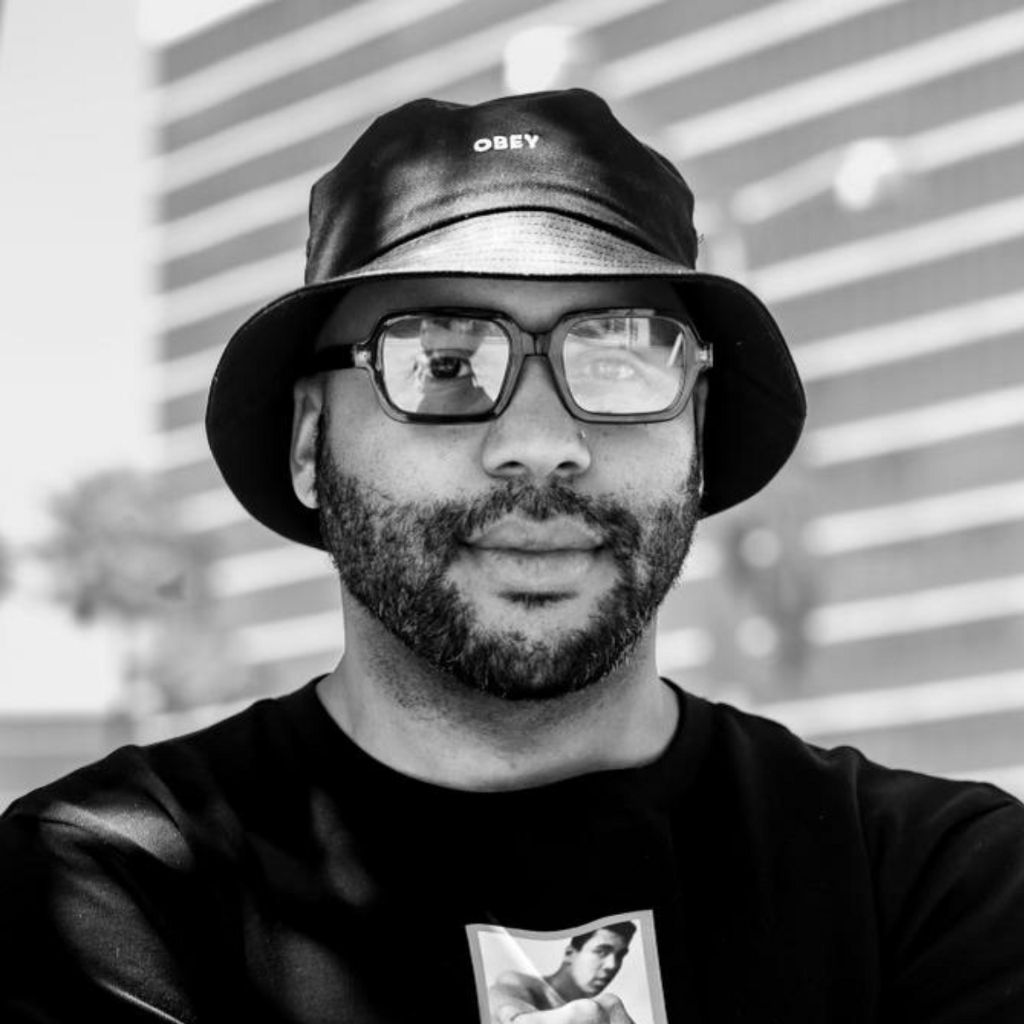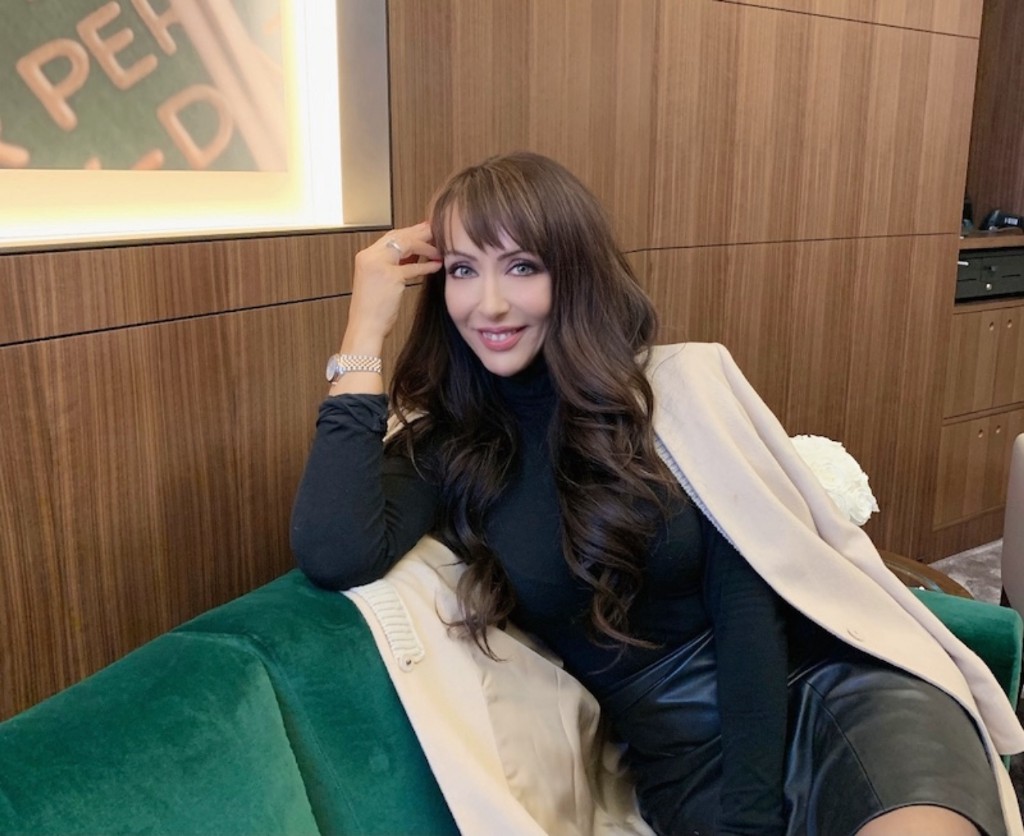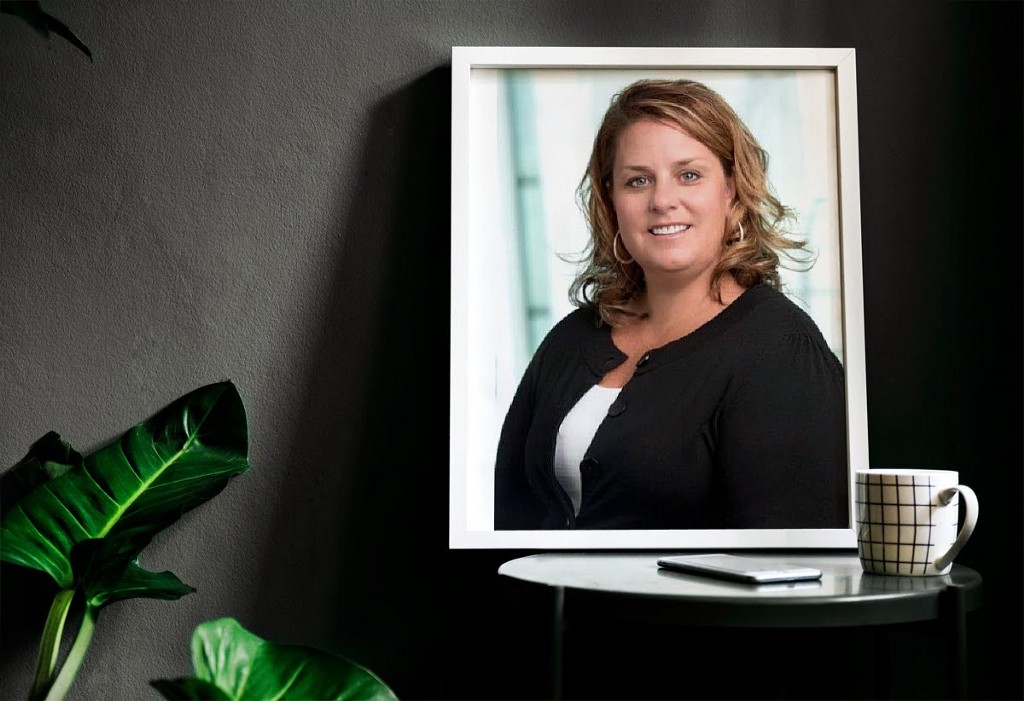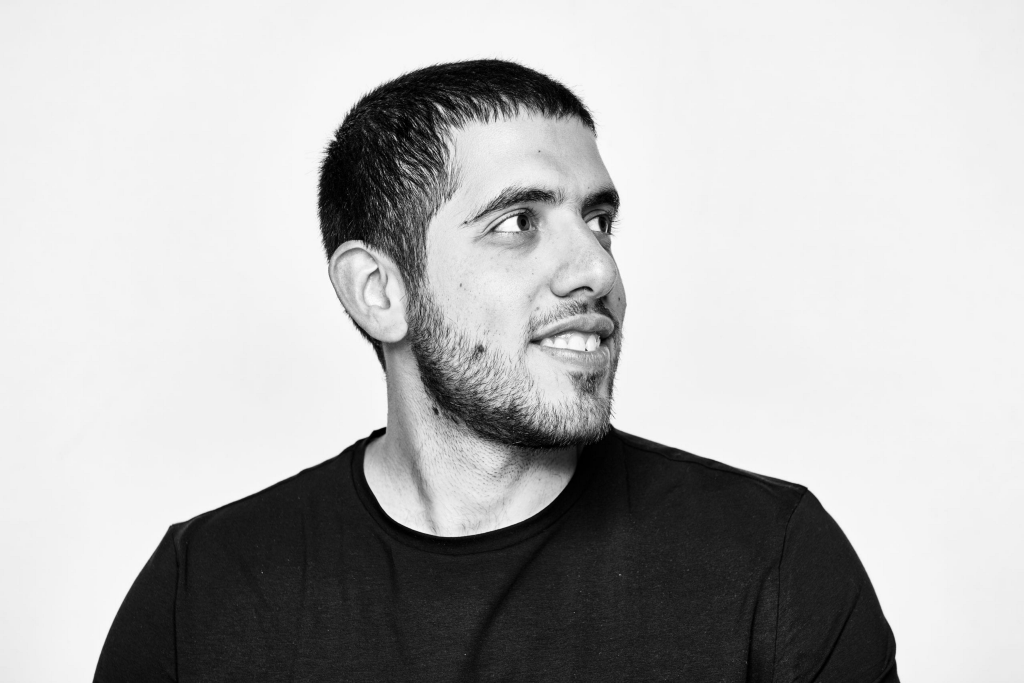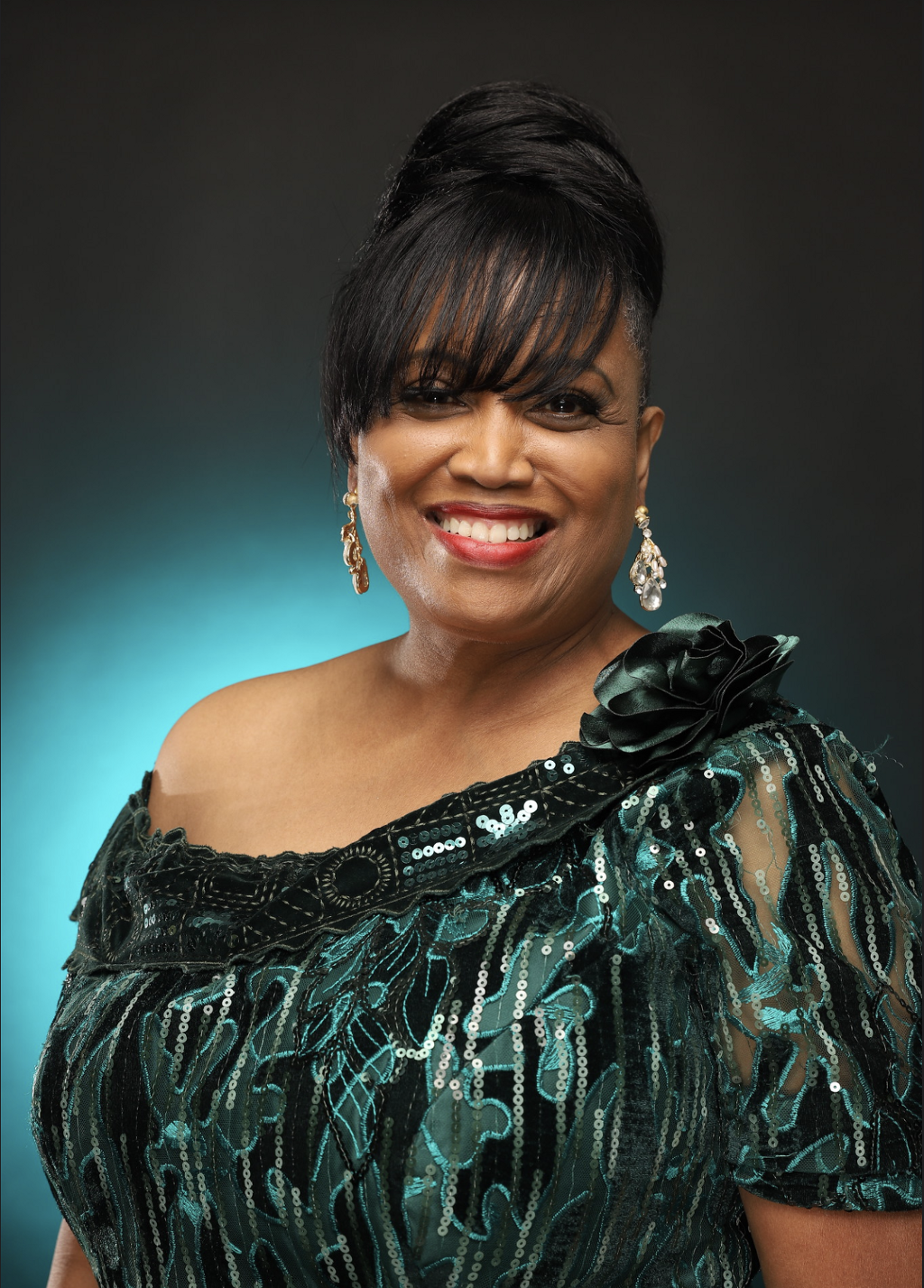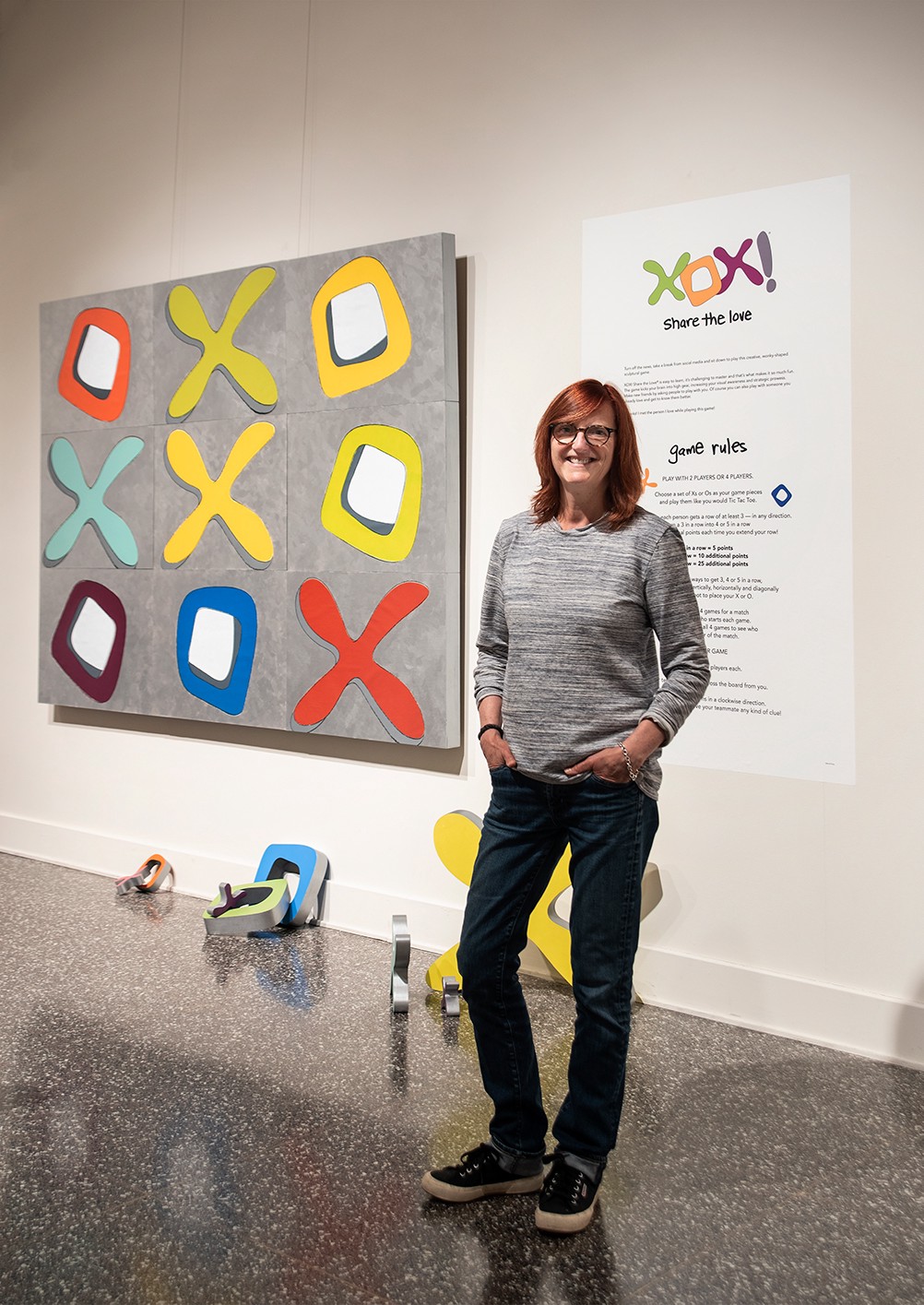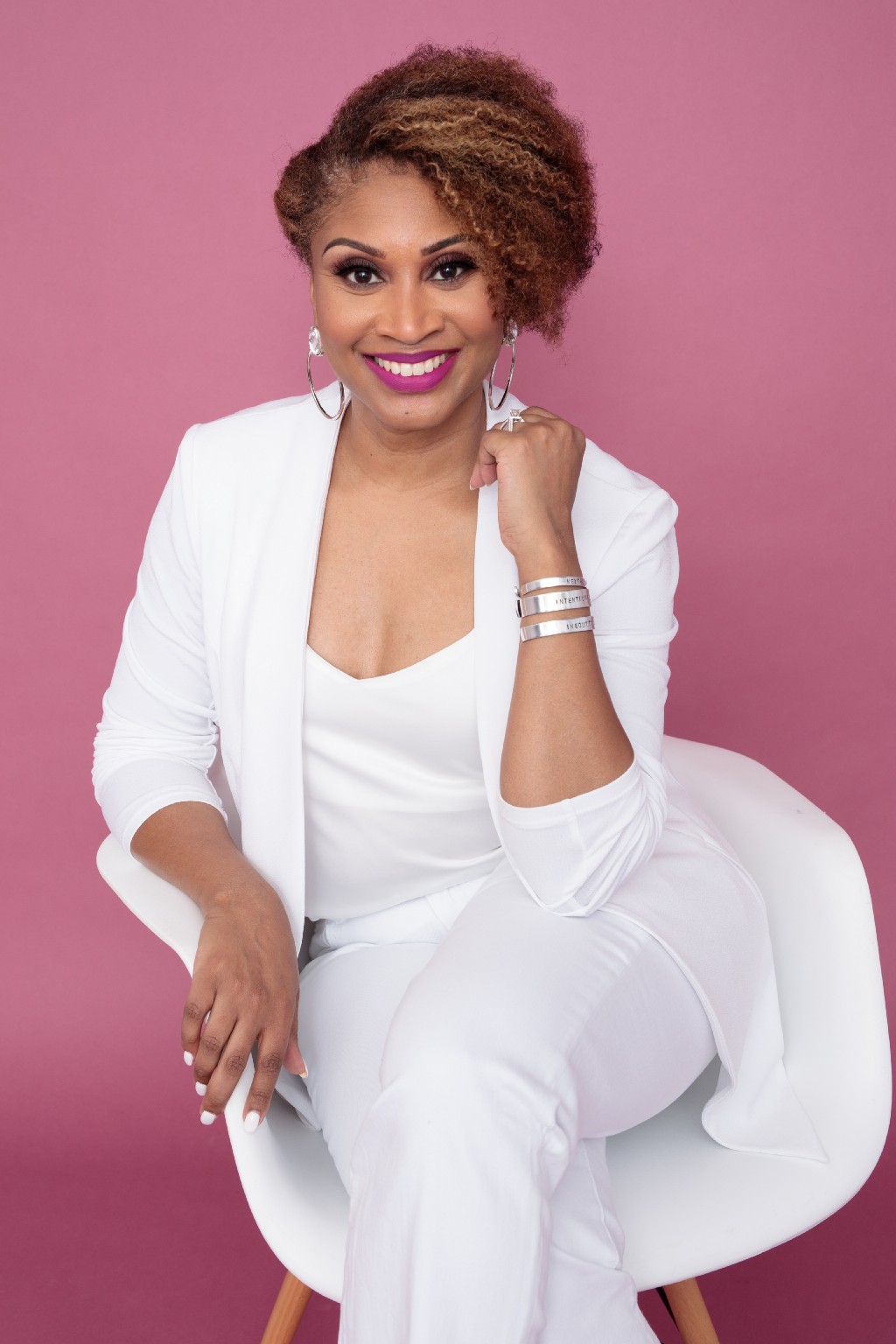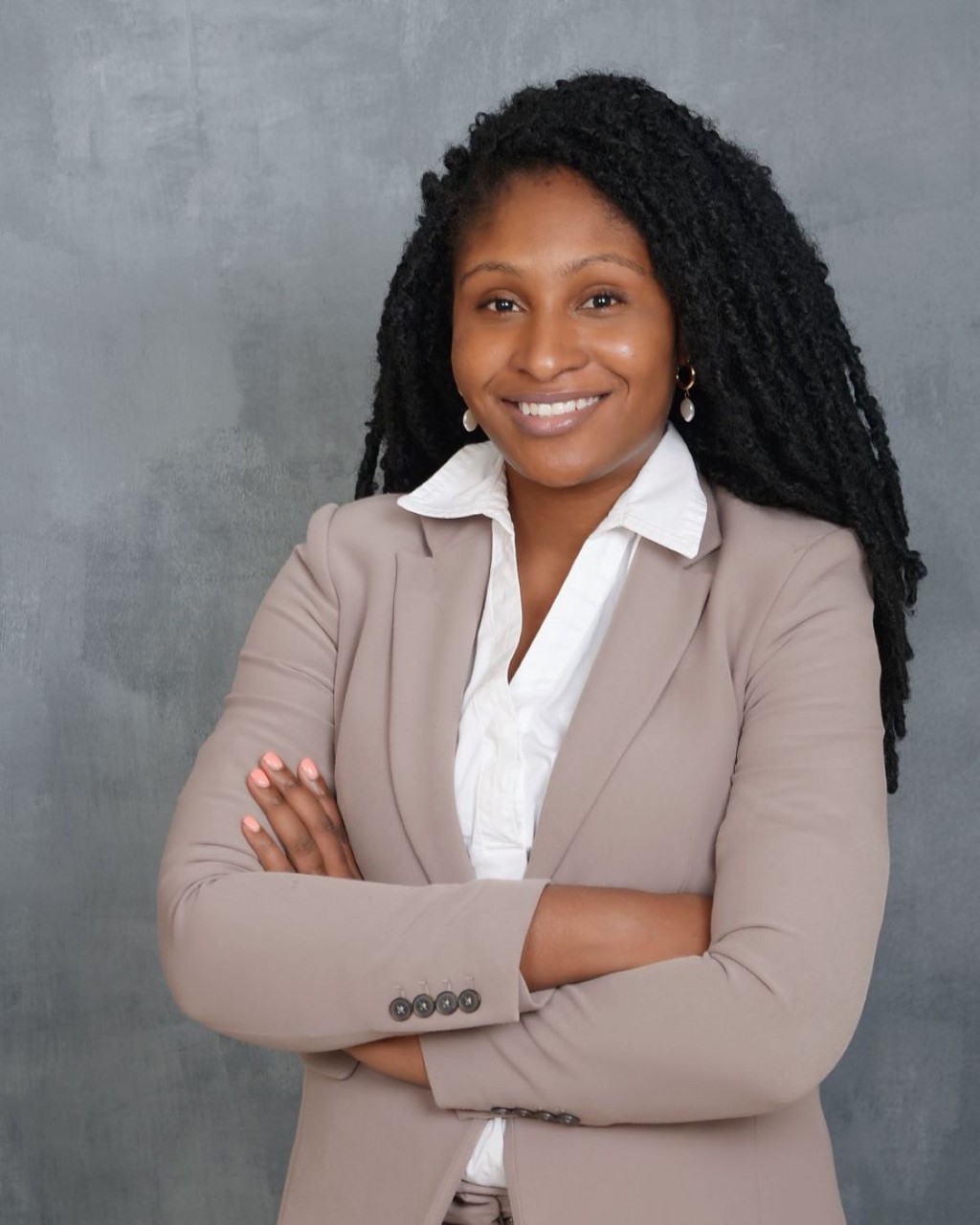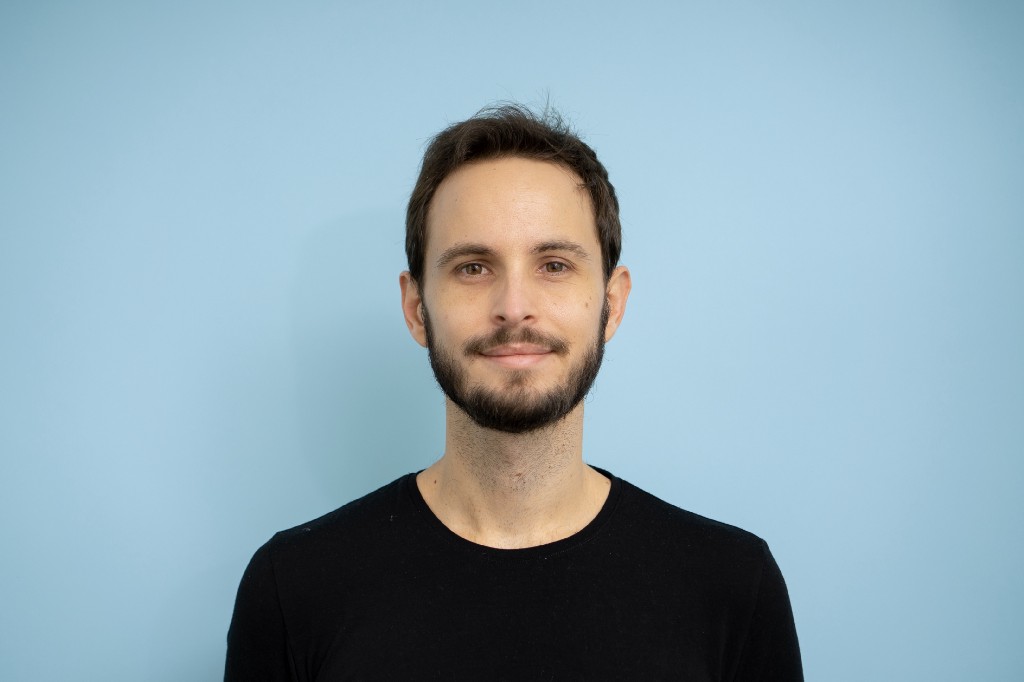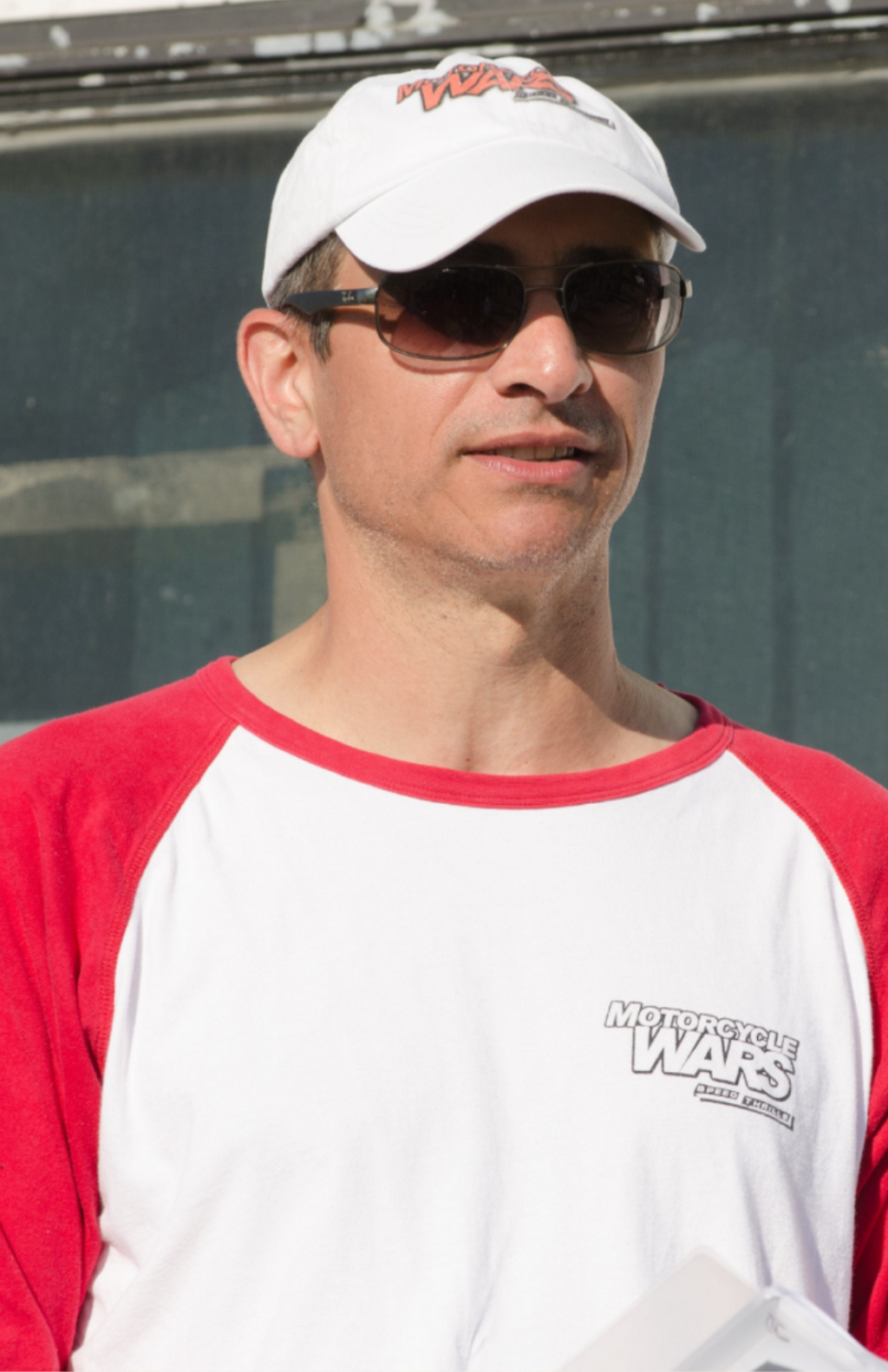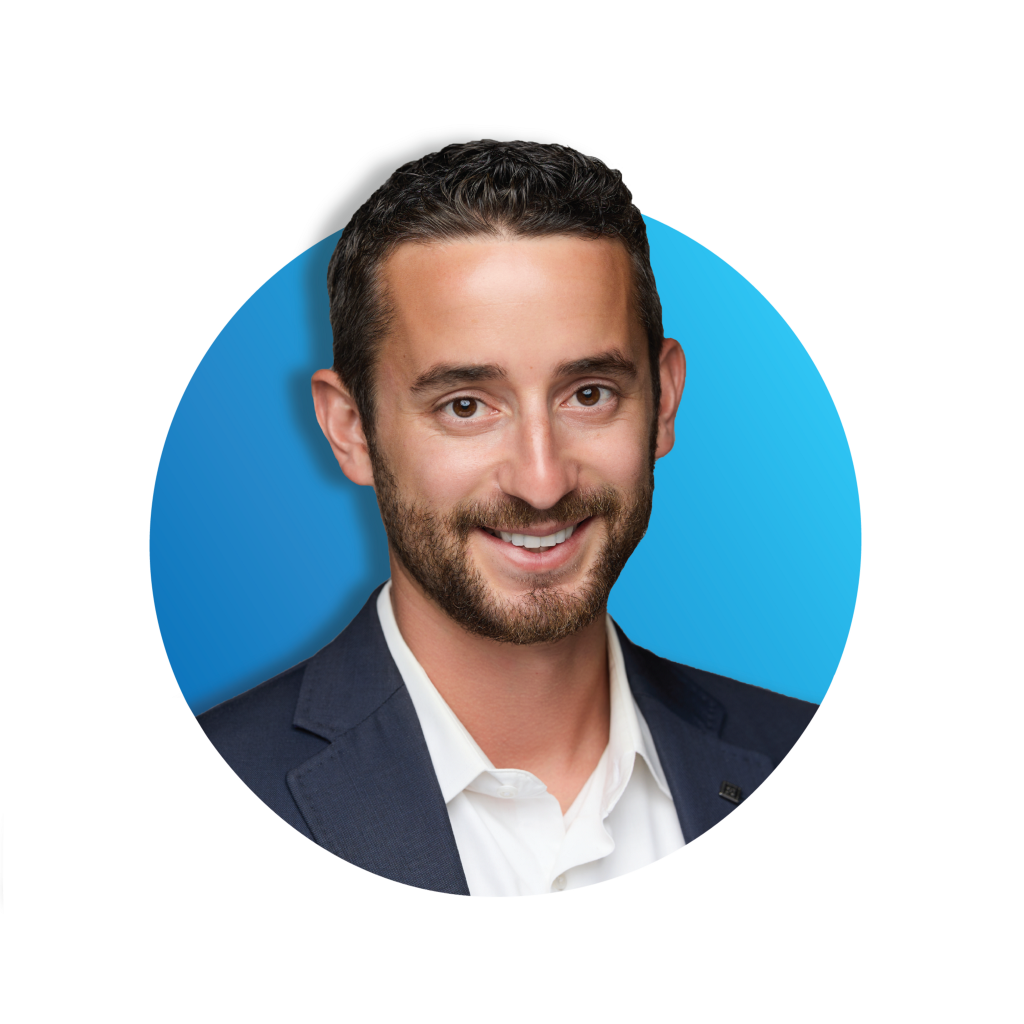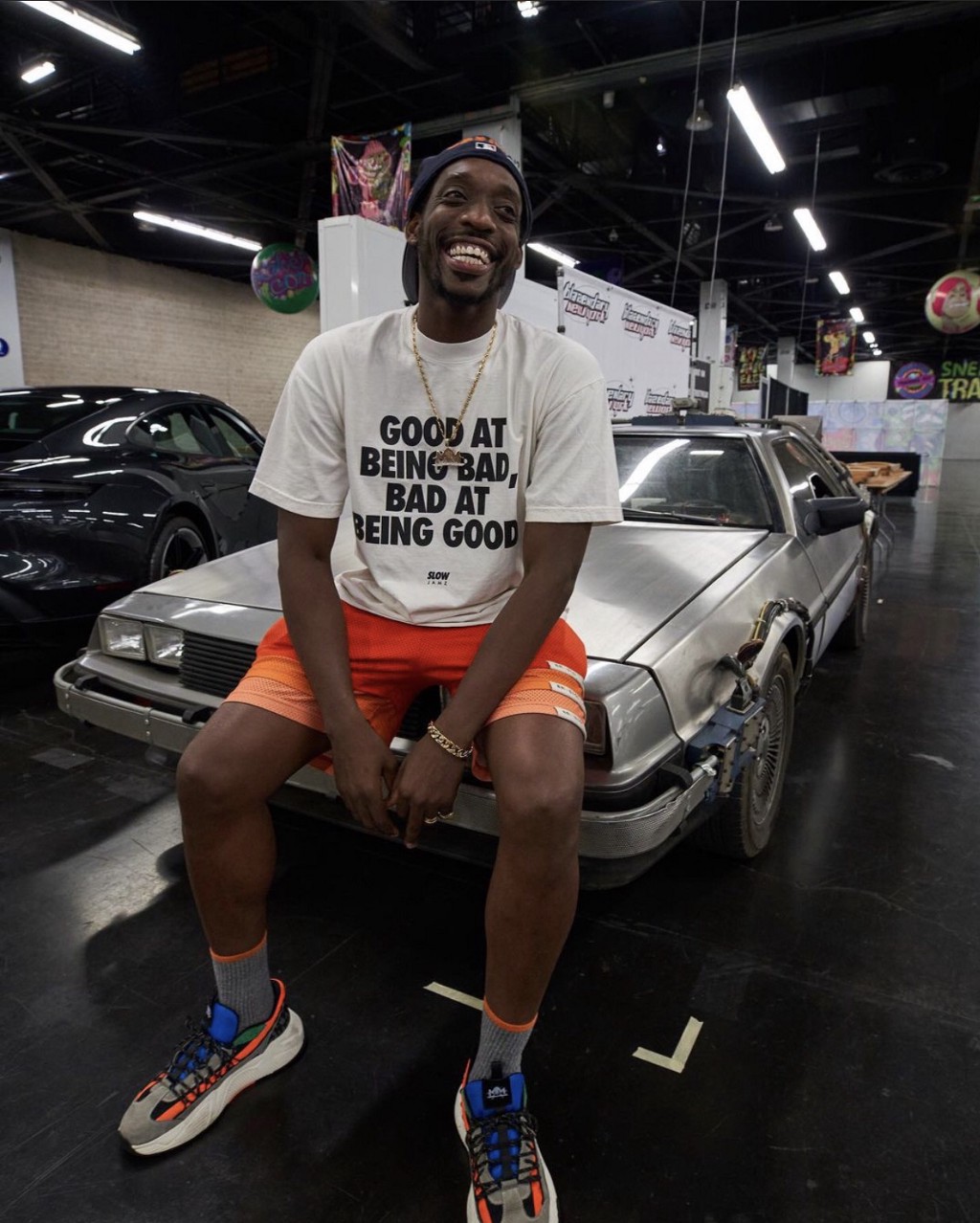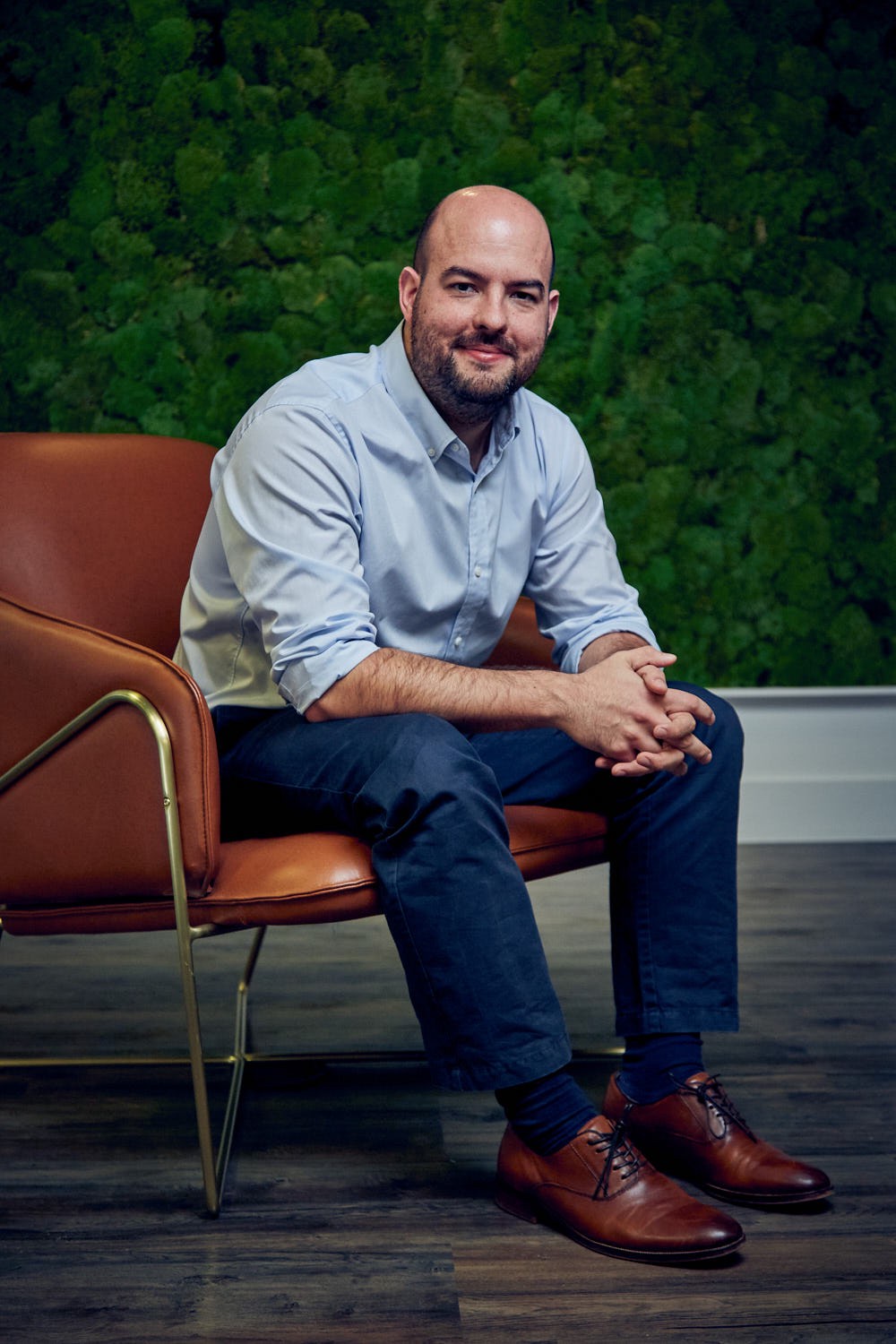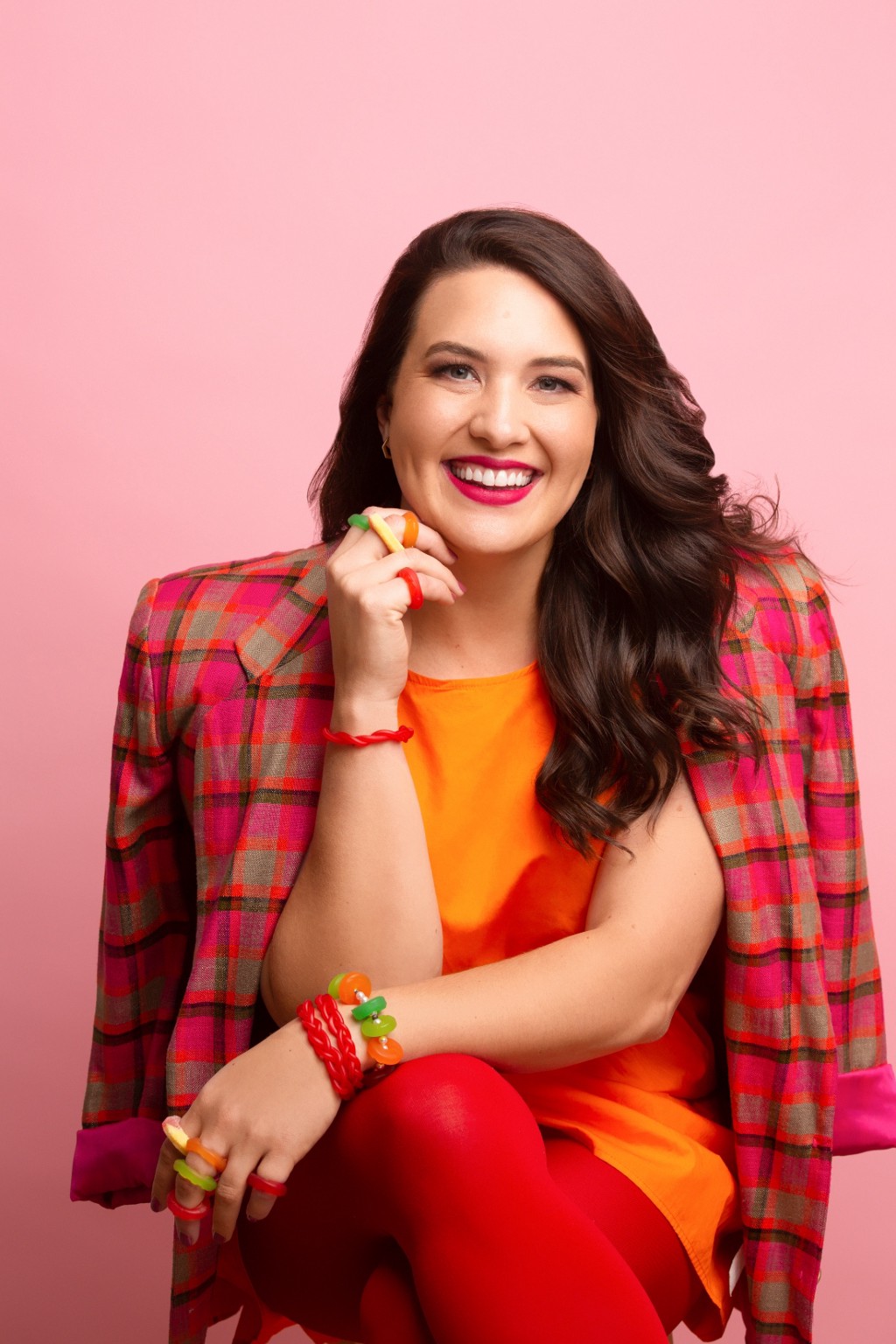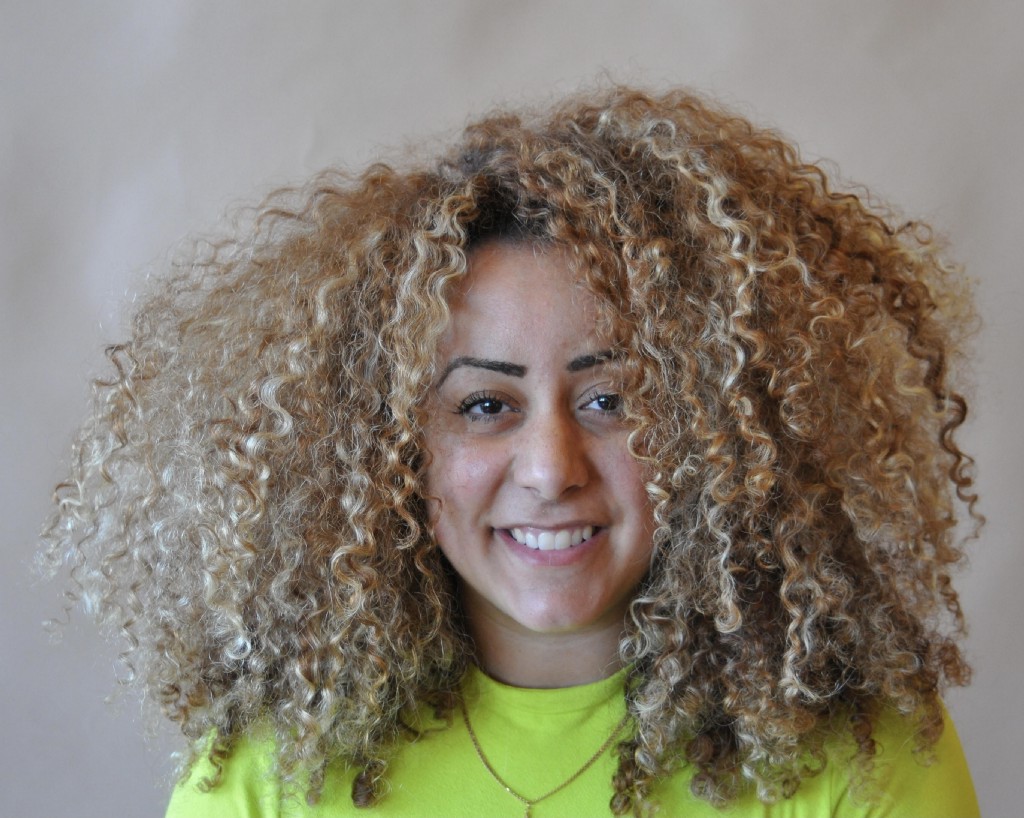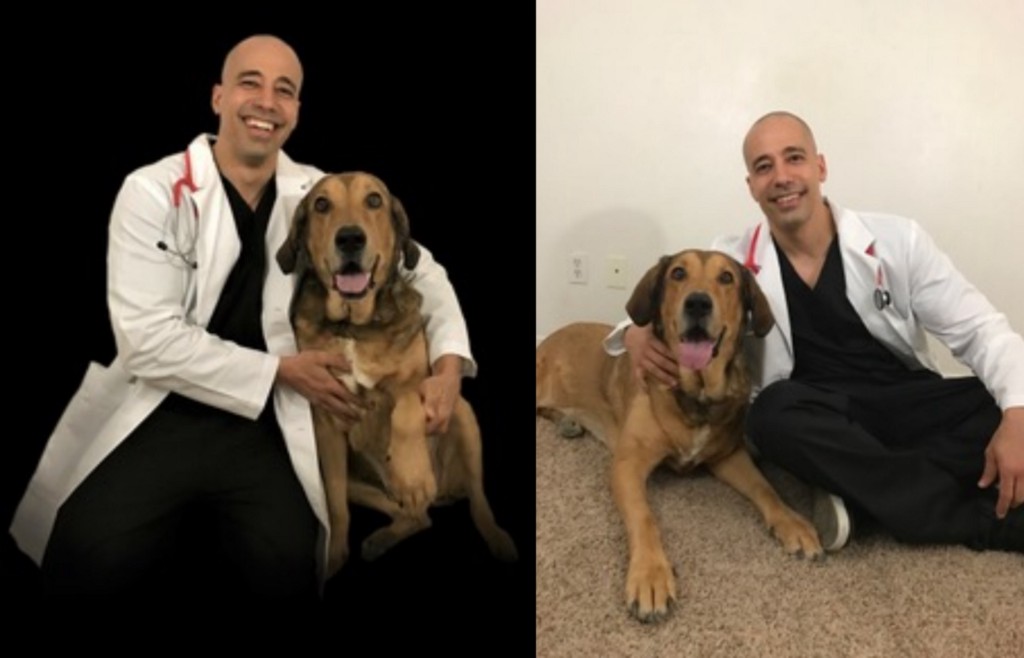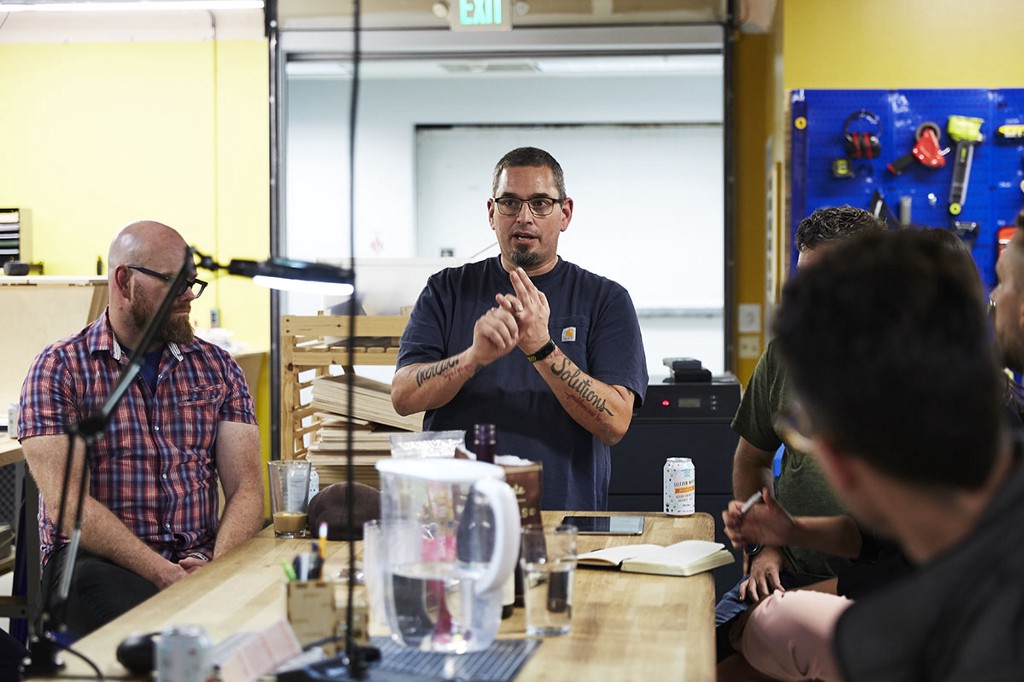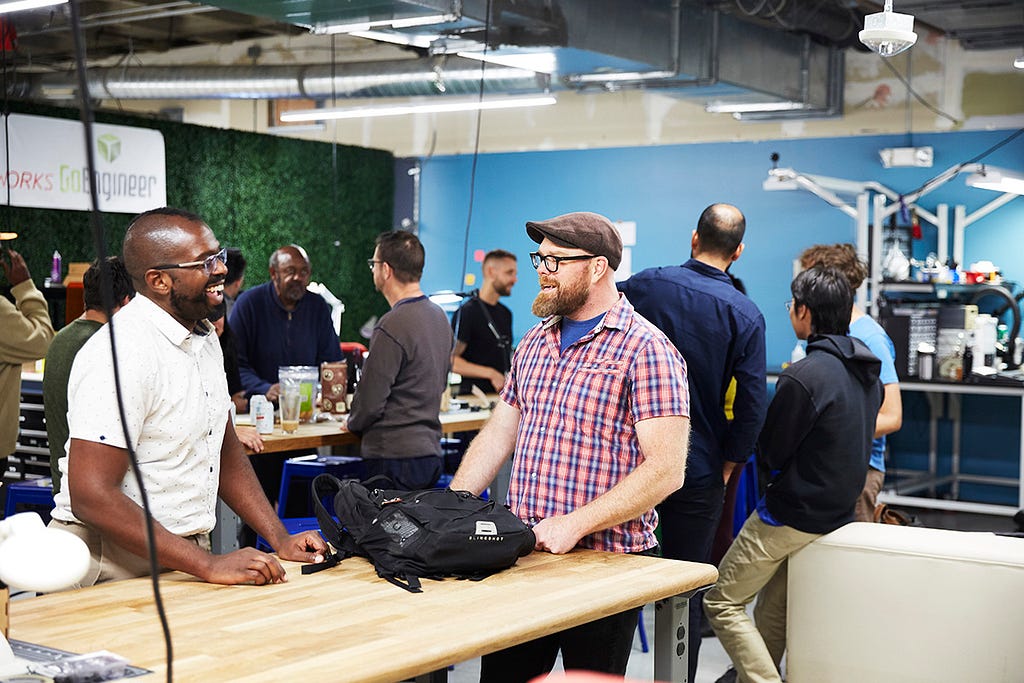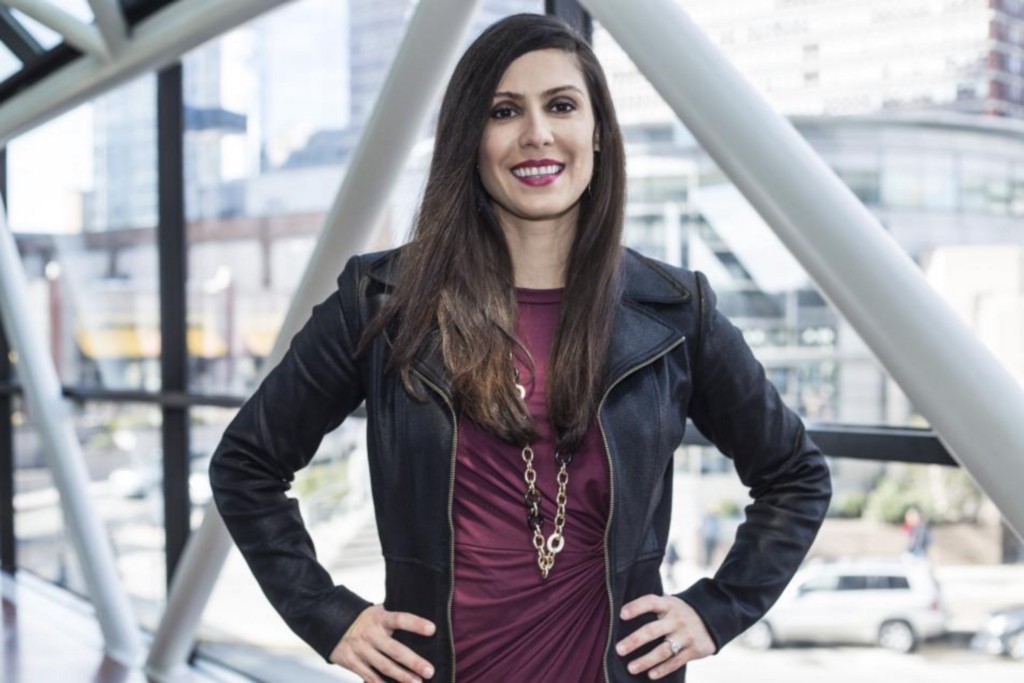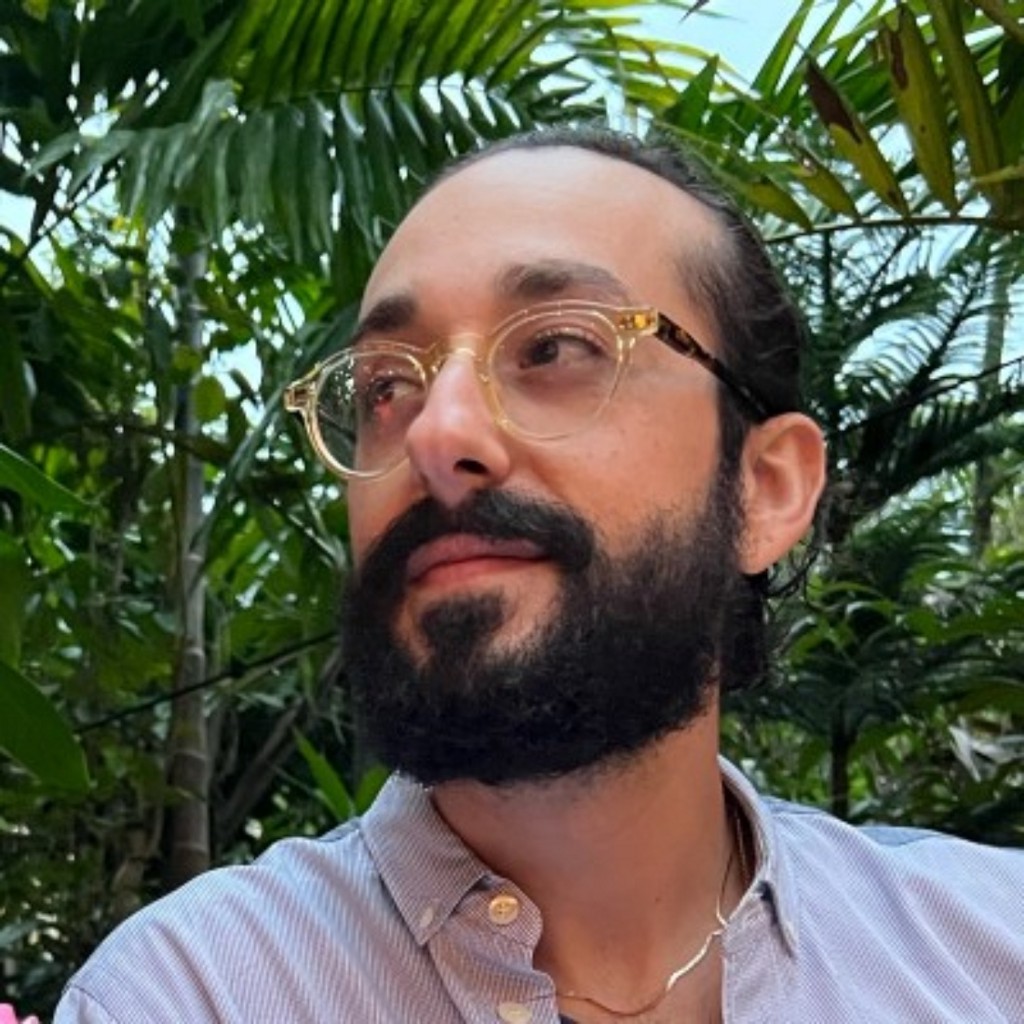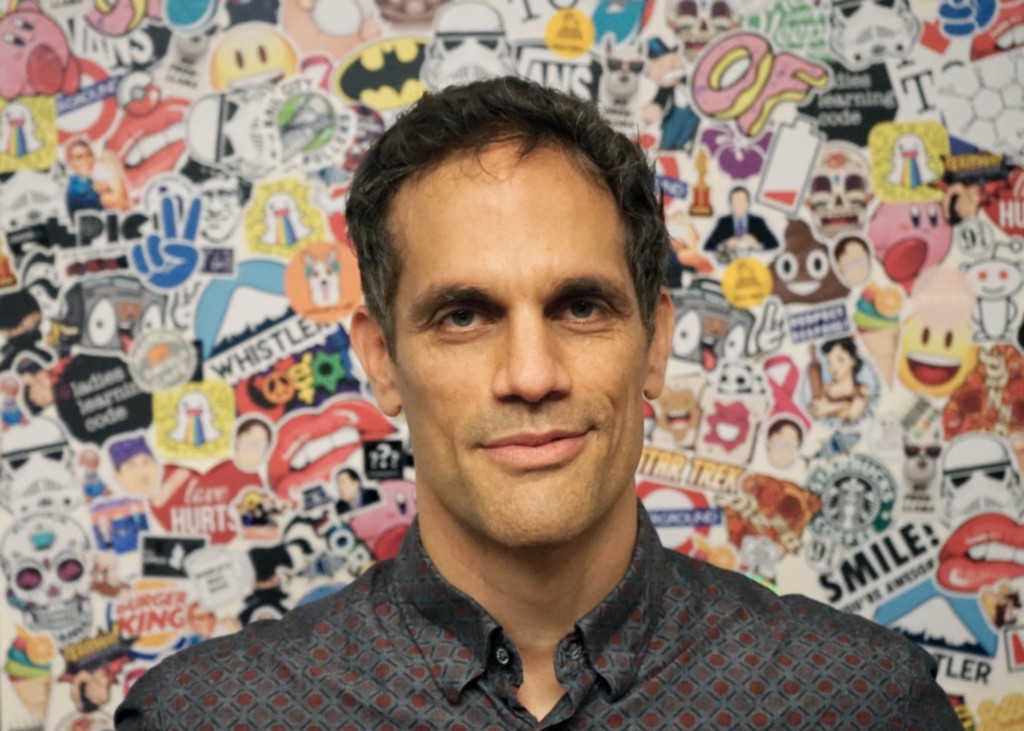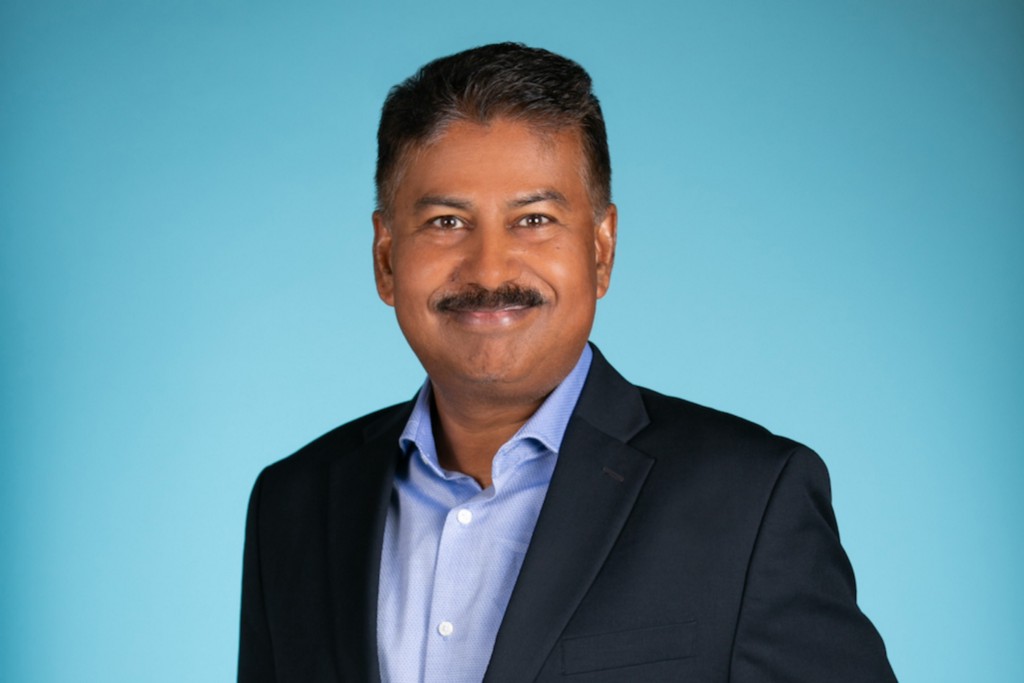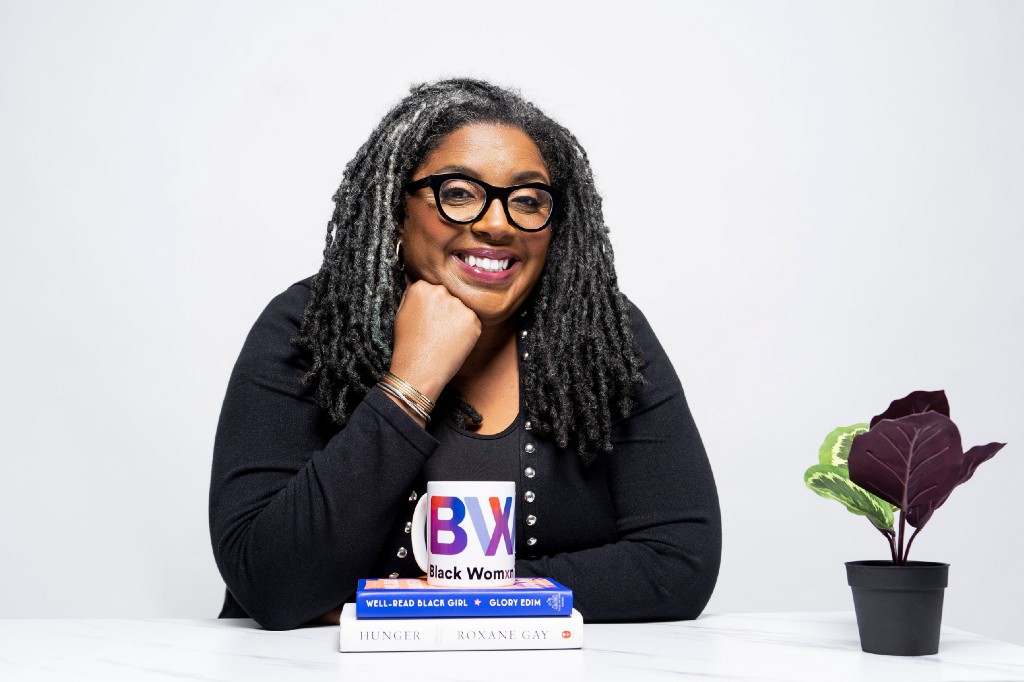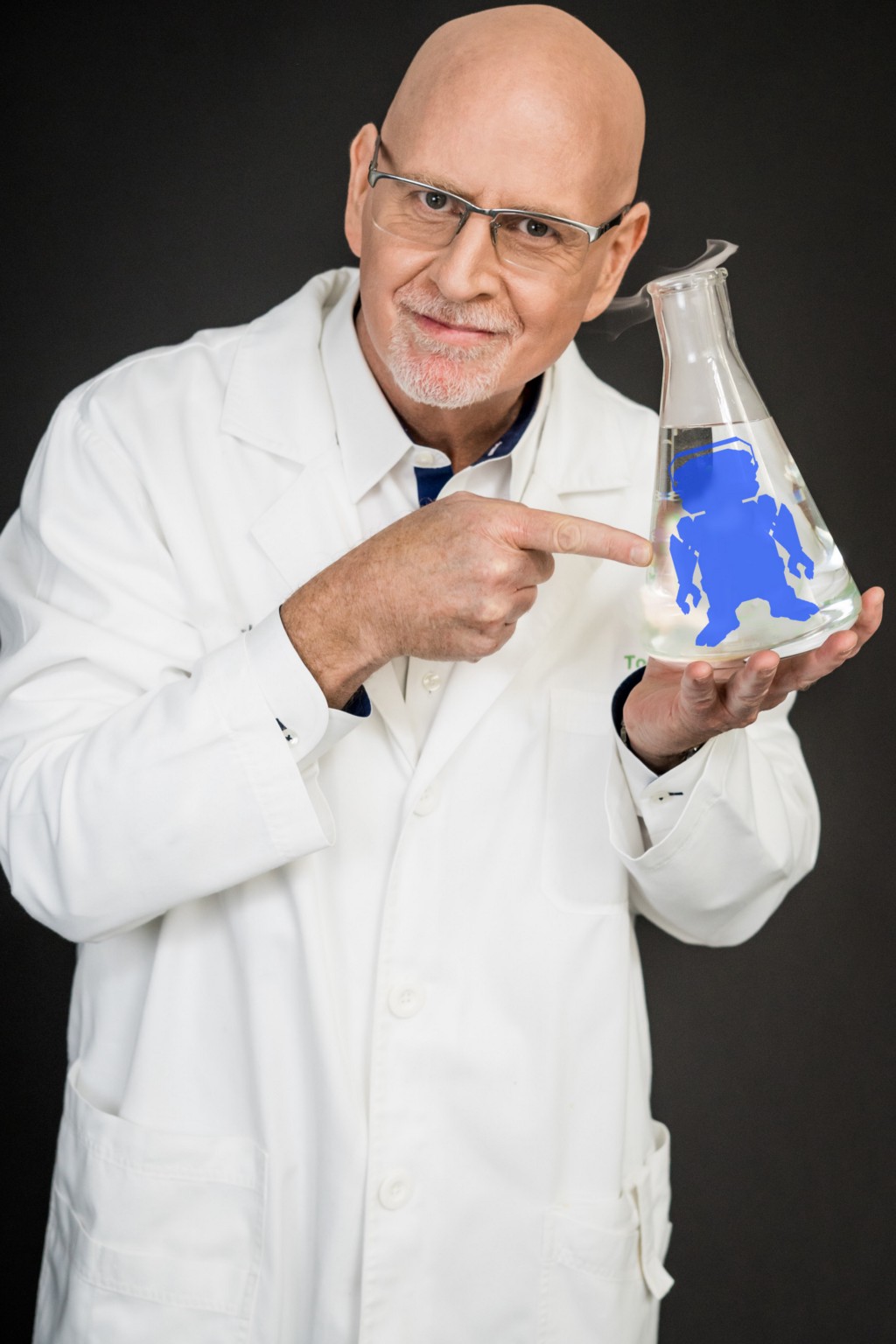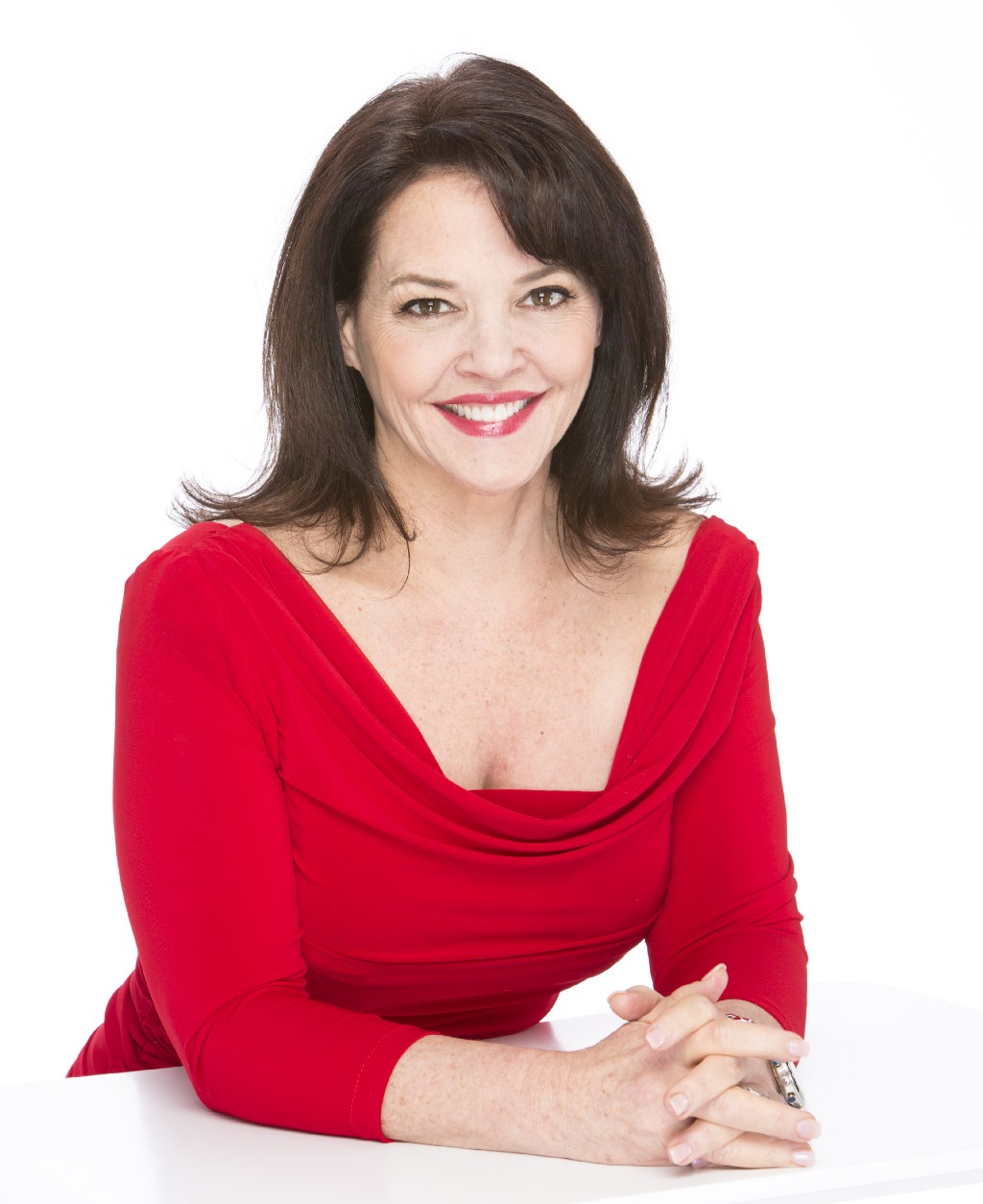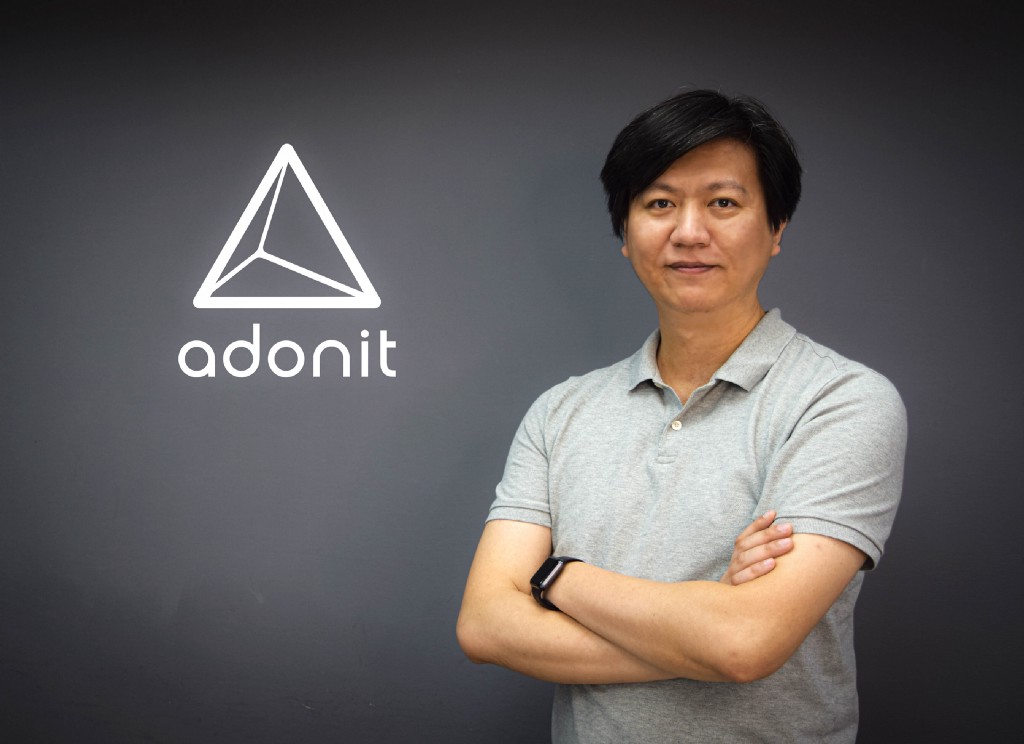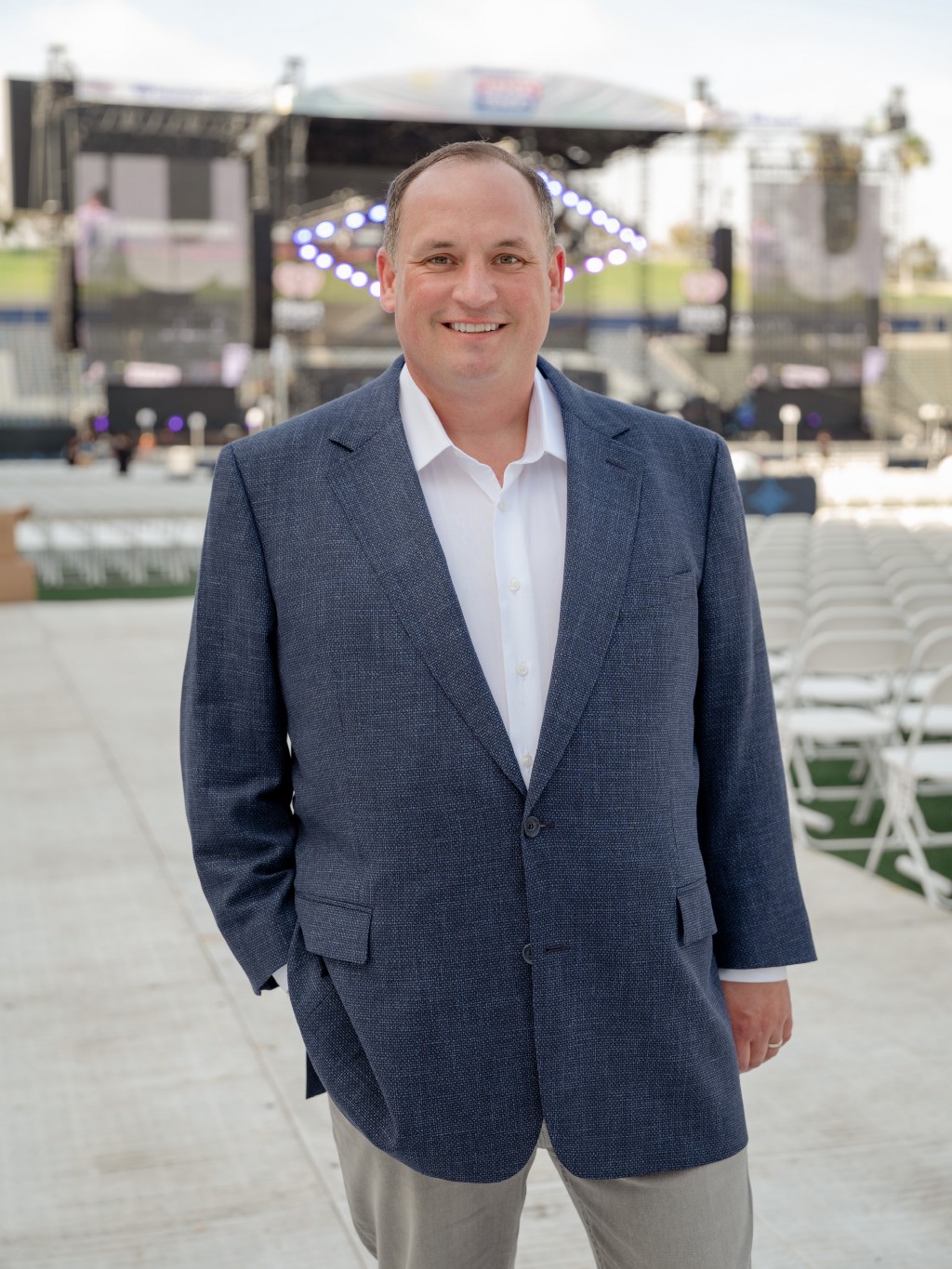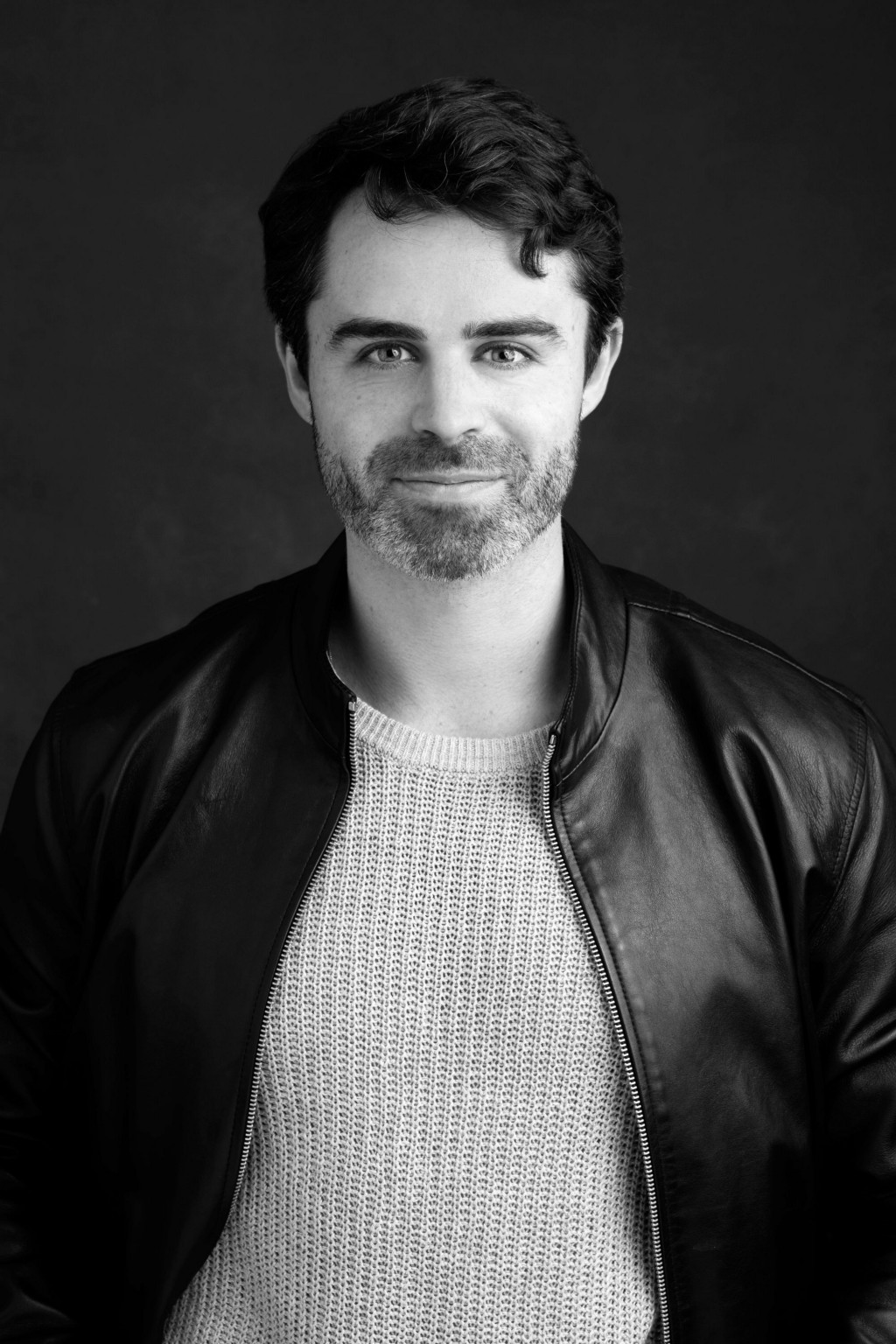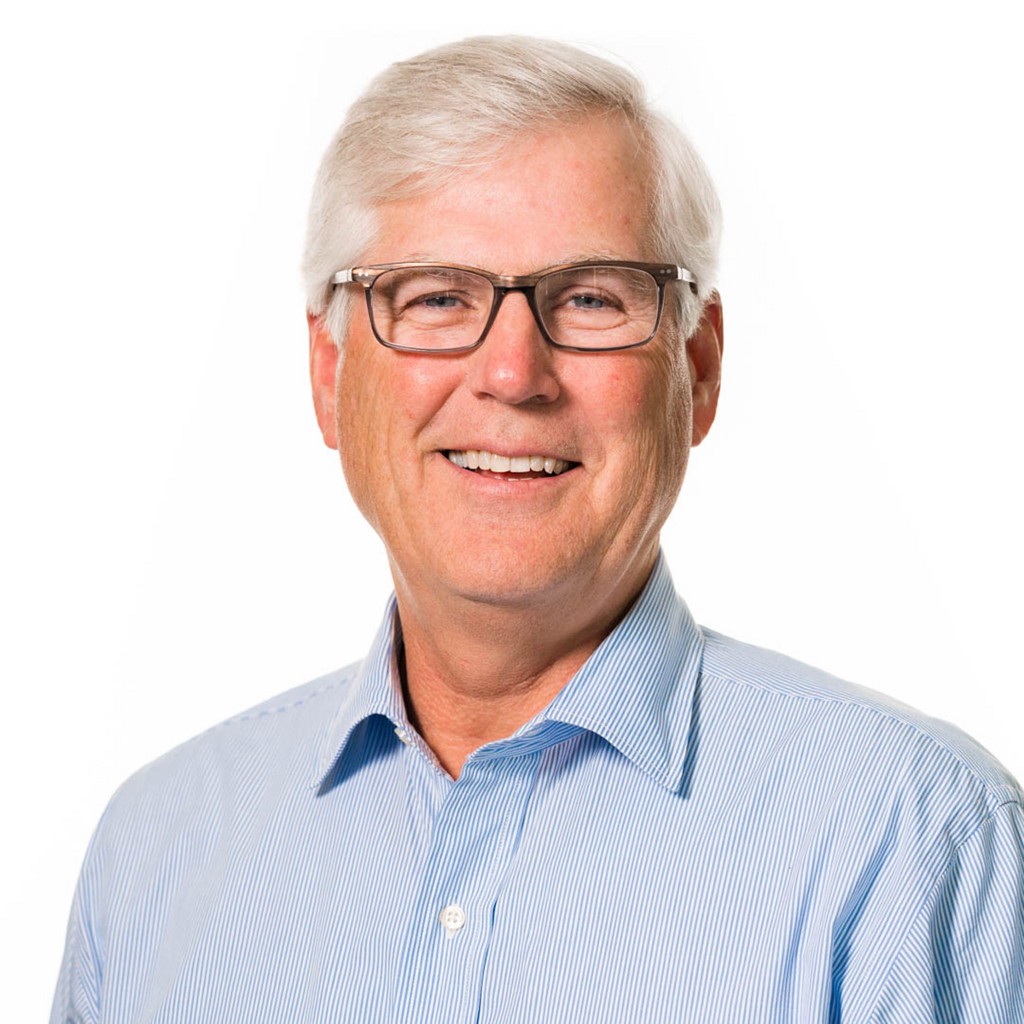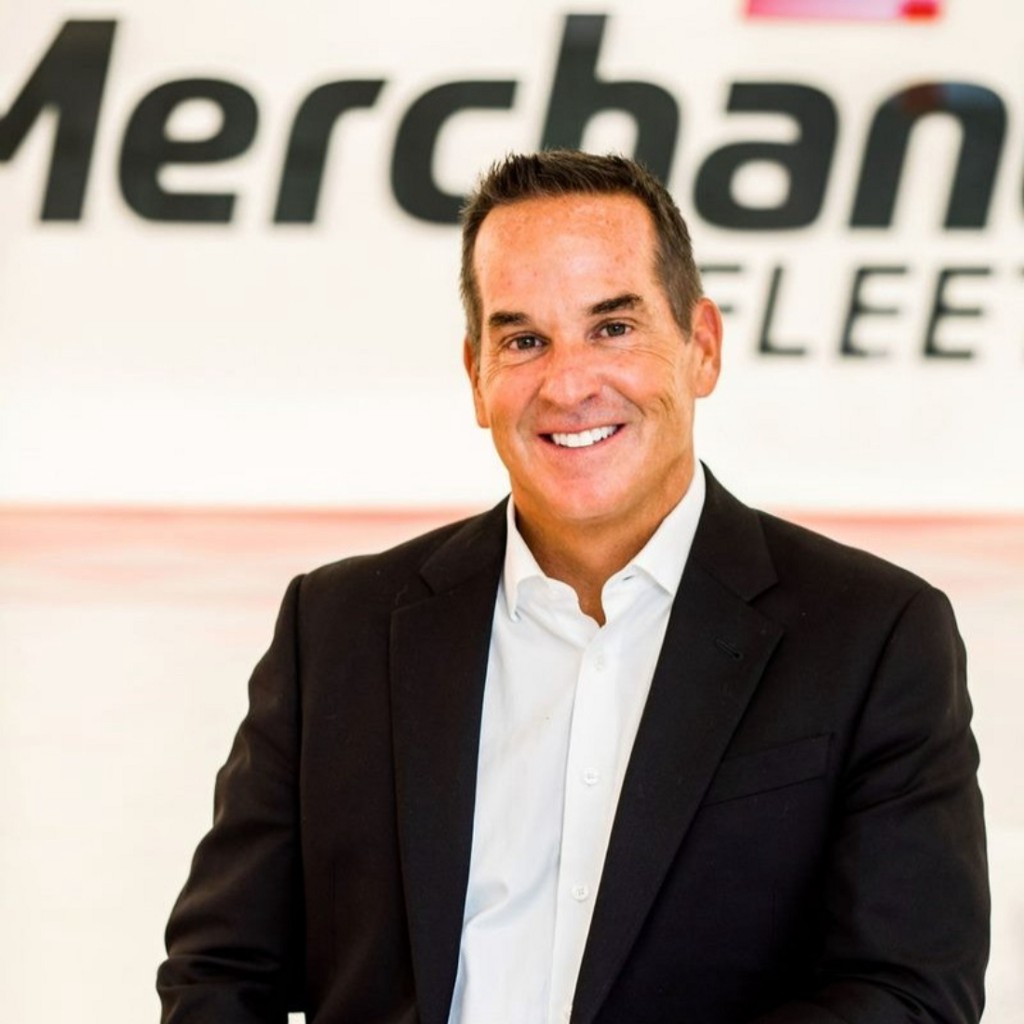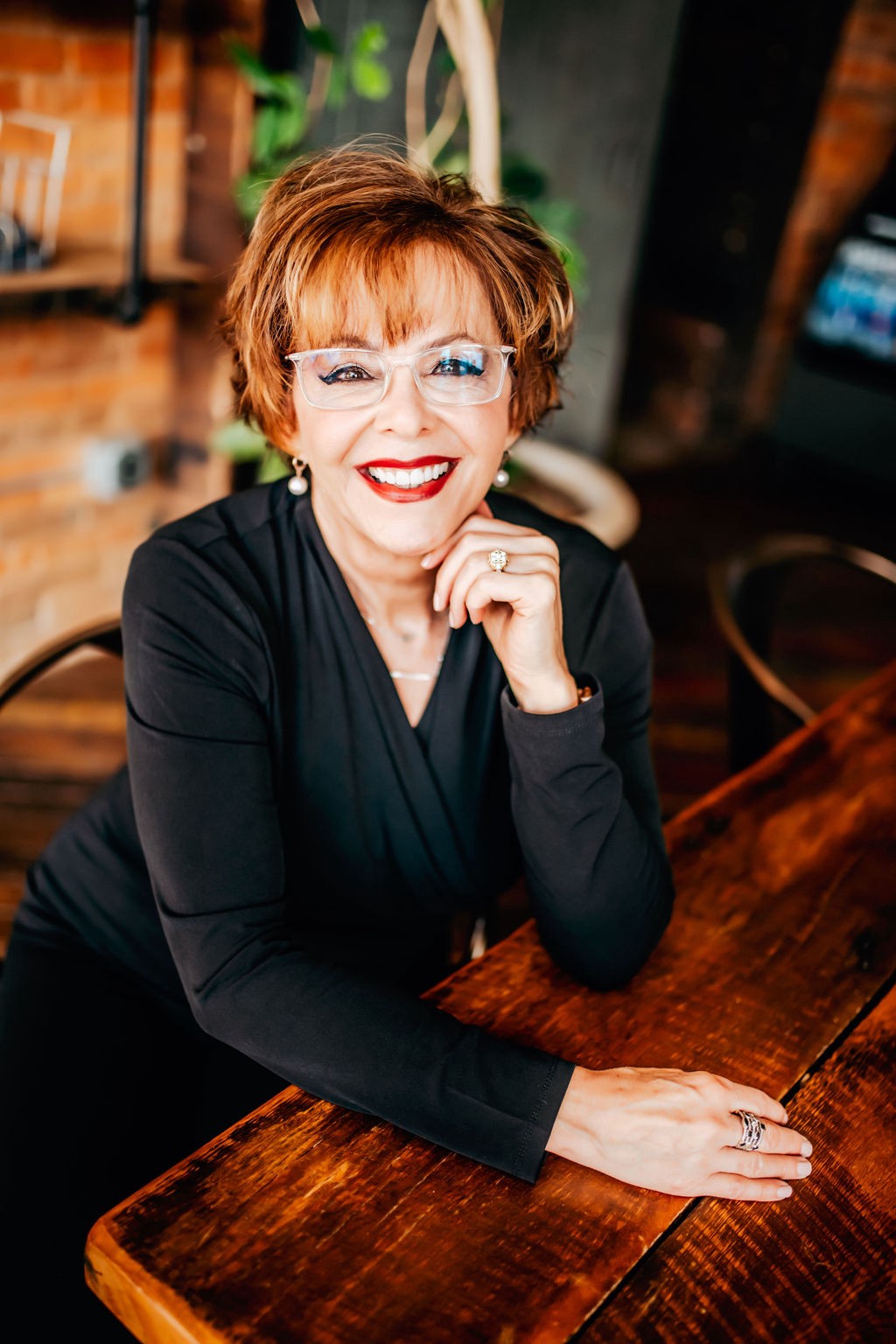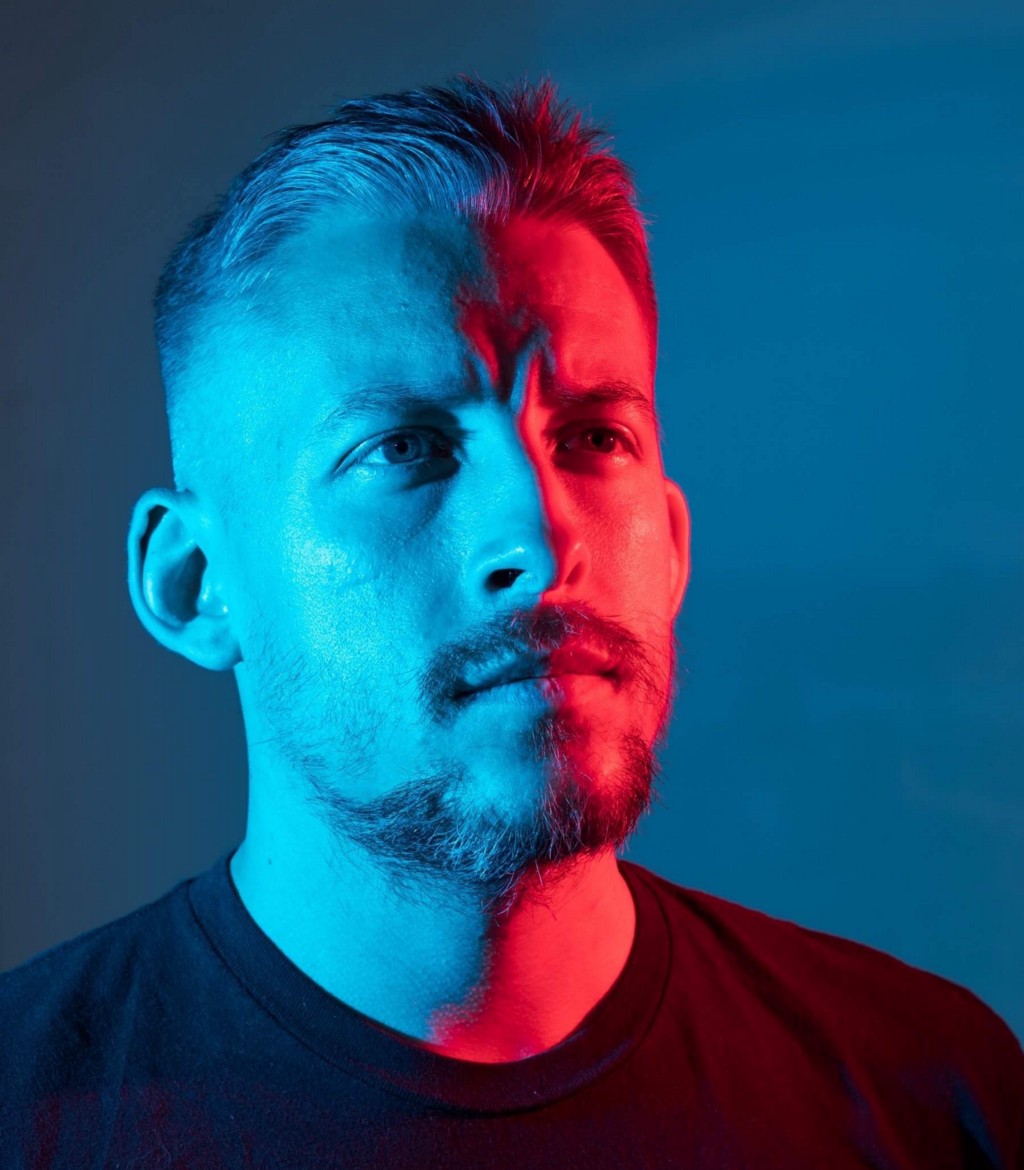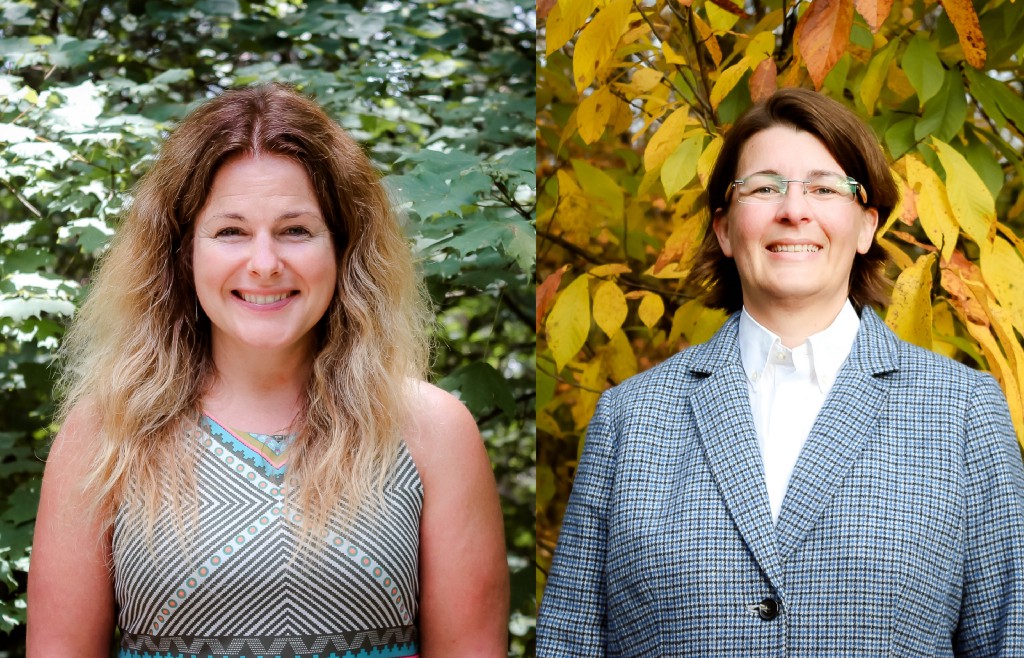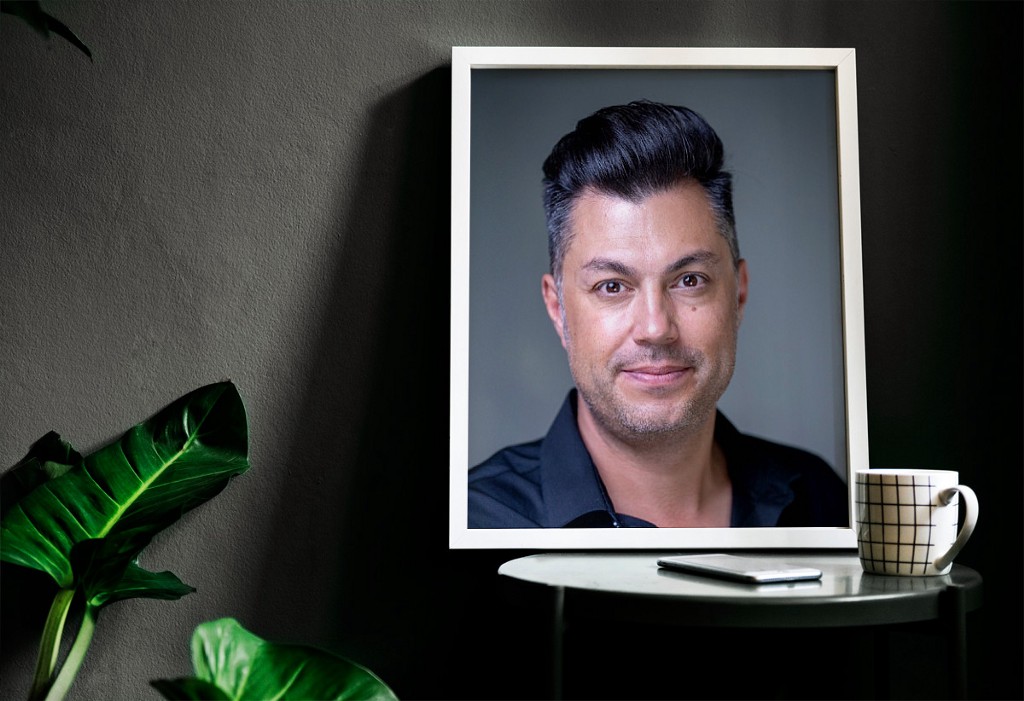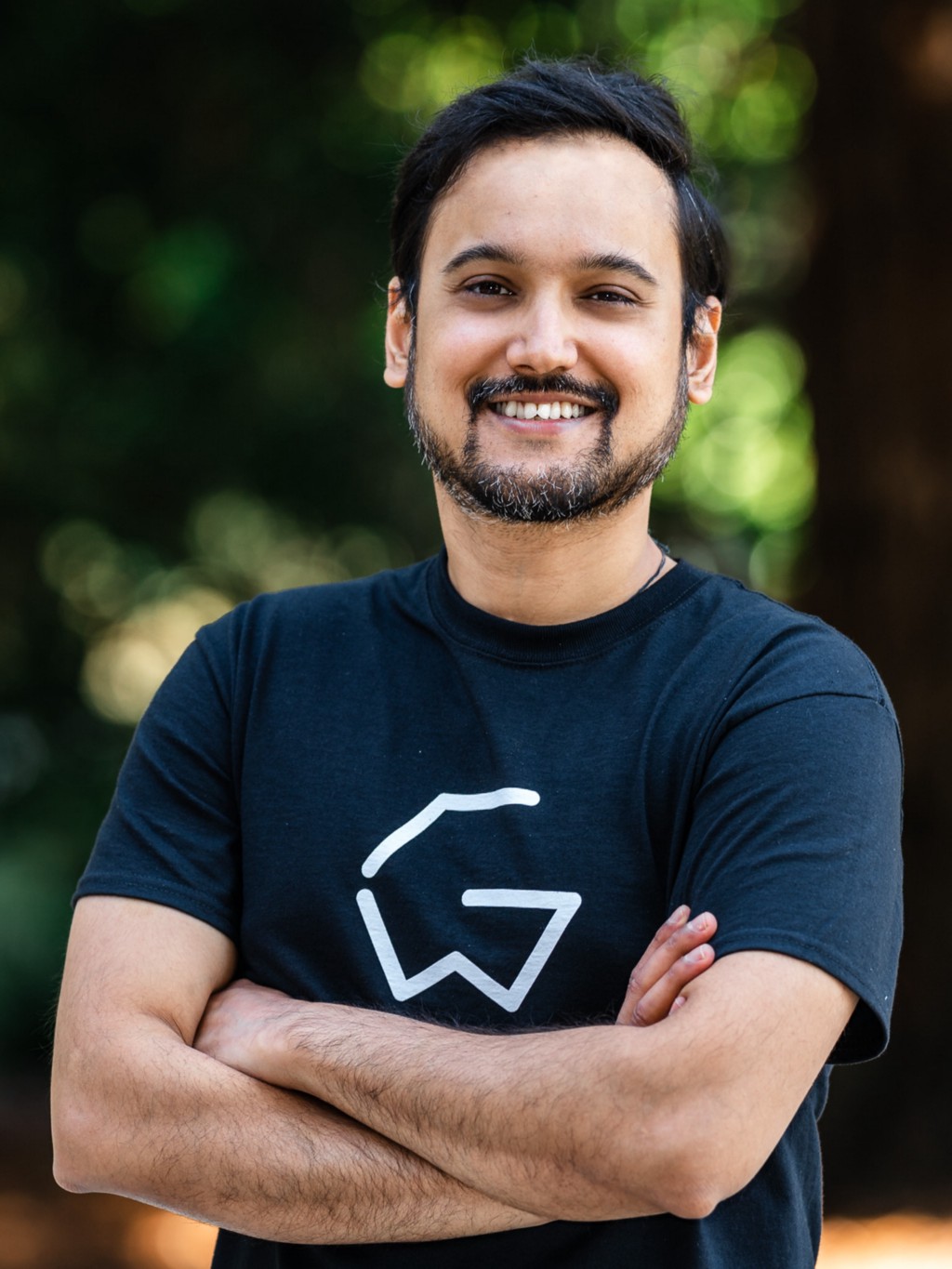An Interview With Fotis Georgiadis
Changing consumer habits is easier said than done- Initial consumers will be reluctant to abandon a familiar product and take a risk with yours. Consumers using well established and trusted brands are difficult to shift. My greatest challenge launching Lyfe Social has been getting consumers to make that shift.
As a part of our series called “Making Something From Nothing”, I had the pleasure of interviewing Jeff Yanes, founder of Lyfe Social.
Jeff Yanes was born and raised in Miami, which means he knows the city, its people and its visitors well. Yanes decided to found and build Lyfe Social after the COVID pandemic shifted the way people socialized. Lyfe Social is the app that will take the Miami nightlife scene by storm because it will allow users to see who is where and what places are more popular than others. It is an app geared toward those with their finger on the pulse of what is happening in a city like Miami. Whether they want to be seen with someone or avoid seeing someone the Lyfe Social app will empower them to make smart nightlife decisions.
Currently Yanes is involved with his family business, Pure Beauty Farms, as their President of Operations. Having been at Pure Beauty Farms for a total of 17 years he has shifted several times within the company to meet its needs, his positions have ranged from Shipping and Transportation Manager, Automation Innovation Manager and Head of Engineering, before that he was a sales analyst and dispatcher, working his way up. He is also preparing to launch a different venture in the medical marijuana space.
Jeff attended the Florida International University where he earned a Business Administration Degree and went on to earn a Masters in Business Administration from the University of Miami.
Thank you so much for doing this with us! Before we dive in, our readers would love to learn a bit more about you. Can you tell us a bit about your “childhood backstory”?
I was born and raised in Miami Florida to immigrants from Cuba. At the age of five, soon after Fidel Castro seized power, my parents immigrated to Miami, FL. Their experiences and upbringing created a toughness and persistent attitude that has transpired to me and my siblings. My father is very loving and tough but has always led by example. He has never asked anything of me that he isn’t willing to do himself, and that is how I lead my teams today. They both prioritized studying and hard work, when it was time to apply for college, they gave me one option: “apply to any school in Miami.” At the time I didn’t understand their reasoning but am now very grateful to stay connected to my community and build my network. Throughout college and graduate school, I worked full time, which taught me even more work ethic. I couldn’t be more thankful for the sacrifices my parents made and the values they instilled in me; that have made me who I am today.
Can you please give us your favorite “Life Lesson Quote”? Can you share how that was relevant to you in your life?
There are many “life lesson quotes” but my favorite is: “Be willing to be uncomfortable. Be comfortable being uncomfortable. It may get tough, but it’s a small price to pay for living a dream.” I believe the only way to grow is to push out of your comfort zone. If you’re not willing to venture into the unknown, you won’t grow. Seeking discomfort helps people open themselves to new experiences.
Is there a particular book, podcast, or film that made a significant impact on you? Can you share a story or explain why it resonated with you so much?
Podcast, The Joe Rogan Experience. His wide range of guests and their life experiences have taught me there are many different paths to achieve and measure success. There is something I take away from each of his podcasts, whether it be with comedians, scientists, politicians, athletes, or entrepreneurs. Each guest has a unique starting point and path but all share one commonality: they are all passionate and persistent about what they do.
The episode with Kevin Hart is one that I often go back to. His journey is motivating and inspiring. Hart’s stories about his strict mother and upbringing remind me a lot of my own. “You don’t start things and not finish them, you don’t quit. There is nothing that comes out of quitting besides knowing that you didn’t finish. If you start it, you finish it, if you’re going to do it do it, try to be the best.” I can hear my father saying those exact words to me.
Ok super. Let’s now shift to the main part of our discussion. There is no shortage of good ideas out there. Many people have good ideas all the time. But people seem to struggle in taking a good idea and translating it into an actual business. Can you share a few ideas from your experience about how to overcome this challenge?
I learned from developing the Lyfe Social application that turning an idea into an actual business is extremely difficult but even more rewarding. Ideas without a vision to execute, are just hallucinations. On the road to turning an idea into a product you must apply discipline but more importantly consistency because “without commitment you’ll never start but without consistency you’ll never finish.” When the road gets bumpy, I remind myself of those words.
Step 1 in turning an idea into a business is, do your research, become an expert of your idea. The more knowledgeable you are about your idea the easier it will be to build a team and secure financial support. You need to be able to answer questions like: what problem am I trying to solve, how will it make people’s lives better, who are the competitors, how is my product different, who is my target market, how much capital do I need? When I developed the Lyfe app, I wanted to help people navigate their nights out and help them always know what is happening around them.
Once the research phase is complete its time to plan. Planning for a new product is challenging and will never play out perfectly but using what you learned from the research phase will allow to you to make a roadmap. Now that your roadmap is complete its time to secure financing. Financial plans are guesstimates, they rarely work out as planned. Make sure you build some cushion into your plan for unforeseen obstacles. Now its time to execute. Execution will vary greatly from business to business. In this stage you need to be flexible. You need to be willing to adapt and change the roadmap as you go, “be comfortable being uncomfortable.”
Often when people think of a new idea, they dismiss it saying someone else must have thought of it before. How would you recommend that someone go about researching whether or not their idea has already been created?
Whether or not the idea exists is irrelevant. How well did this company execute the idea? If the product exists part of the work is done for you. Your focus should shift from inventing to perfecting. How will your product be better than the current? How will it better satisfy the consumers’ needs/goals? Your idea already existing should not deter you from pursuing yours. On the contrary, it should excite you to know there is already a market for your idea. For example Lyfe Social is another social networking company but no one else is offering what we offer to users to create physical from online interactions.
For the benefit of our readers, can you outline the steps one has to go through, from when they think of the idea, until it finally lands in a customer’s hands? In particular, we’d love to hear about how to file a patent, how to source a good manufacturer, and how to find a retailer to distribute it.
This varies by idea. Is your idea a product or service?
I’ll walk you through the steps I took for Lyfe Social. Lyfe Social is a social networking service I founded earlier this year.
Create the entity- The primary reason for this is to separate the liability of the business from the liability of the owners. You can go about this in various ways, but my preference is to use an attorney. An attorney will be able to better guide you in which type of corporation best suits your idea. Once the entity is created you need to open your business bank account.
File Trademark/Patent- In the case of Lyfe Social I filed a trademark. An attorney will conduct a preliminary search and give you legal opinion if there are any conflicting trademarks. Trademark filing is tricky, you will need to file various marks. One for the name alone, another for the logo alone and a third for the name with the logo. Filing this way protects and covers all the bases and offers the most protection.
Sourcing a Manufacturer- This will vary by product. Is your product unique or is it similar to one that already exists? Unique products are initially more difficult to manufacture unless you’re manufacturing them inhouse. Outside manufacturers will be hesitant to produce your new product. They will initially ask for prepayment, minimum order quantities, packaging requirements, distribution, and cost you accordingly. The initial order quantity may not be enough for a manufacturer to justify changeover costs, new tooling, and new molds. Manufacturers will be more willing to work with you if your product is similar to something they already produce.
Finding a Retailer- The internet has greatly reduced the barrier to entry when finding where to sell your product. Selling your product online will greatly reduce your start up and operating costs. An e-commerce site gives you worldwide access and allows you to generate sales data for future negotiations with traditional brick and mortar retailers. Pitching a new product to traditional retailers is difficult and expensive. Negotiations will include, order minimums, terms, initial fulfillment, replenishment, distribution, customer service and returns. They may be more willing to giving you an opportunity if you offer your products on consignment or pay by scan. Consignment adds tremendous financial risk, you must consider increased inventory costs but may be the easiest way of getting your “foot in the door.”
What are your “5 Things I Wish Someone Told Me When I First Started Leading My Company” and why?
“If you are not embarrassed by the first version of your product, you’ve launched too late” Reid Hoffman- I fell victim to this quote when launching Lyfe Social. I delayed bringing the product to market until I felt it was “perfect.” Consumer feedback is vital when developing a unique product. They will guide you in the direction your product takes. Your product might be used for something completely different than you intended.
Changing consumer habits is easier said than done- Initial consumers will be reluctant to abandon a familiar product and take a risk with yours. Consumers using well established and trusted brands are difficult to shift. My greatest challenge launching Lyfe Social has been getting consumers to make that shift.
Patience- Ideas worth pursuing take time. Things will take longer than expected. I know how difficult it is to be patient when you see money going out and none coming in. Understand that it’s part of the process. Be patient with yourself and your team. A patient mind makes better decisions.
Bounce your idea off complete strangers. They will be more likely to give you honest feedback than family and friends- Family and friends will be reluctant to give you honest feedback in fear of hurting the relationship. I’ve learned to welcome negative feedback. It forces me to rethink the idea and make it better.
Make sure you are never the smartest person in the room- You won’t learn and grow from being the smartest person in the room. Surround yourself with people who are more intelligent, they will challenge you to improve. Understand that your role is to initiate the vision, but the execution comes from your team. Success isn’t a one-person show.
Let’s imagine that a reader reading this interview has an idea for a product that they would like to invent. What are the first few steps that you would recommend that they take?
Make sure there is an actual demand for your product. Pitch it to as many people as possible and see if they show interest. If the feedback is positive, it’s time to start researching. Most of my ideas come from my own experiences, it’s more engaging to develop a product you would use.
There are many invention development consultants. Would you recommend that a person with a new idea hire such a consultant, or should they try to strike out on their own?
I think entrepreneurs should do as much research as possible before relying on outside experts. Becoming reliant on consultants could harm your business. Consultants tend to be “experts” in everything, you will rarely hear one say, “I don’t know, let me get back to you.” Personally, I have never had much success with consultants. My strategy has always been to build an inhouse team of experts, people with “skin in the game” before hiring consultants.
What are your thoughts about bootstrapping vs looking for venture capital? What is the best way to decide if you should do either one?
This depends on the financial stability of the entrepreneur. How much risk can be absorbed? What position will you be in if your idea fails? If feasible, bootstrapping is ideal to validate the idea. A validated idea will minimize risk for venture capital and give you more negotiating leverage. One of the major limitations of bootstrapping is scalability. How quickly can you react if demand increases? There isn’t a right or wrong way to answer this question, it ultimately depends on the entrepreneur.
Ok. We are nearly done. Here are our final questions. How have you used your success to make the world a better place?
Success can be measured in many ways. One way I measure success is how we can impact the community beyond ourselves. Our financial donations to nonprofits have undoubtedly helped make the world a better place but just as important is the role the success of the organization has played on the team. Our organization has given all of us a means to provide for our families, make dreams a reality, and give purpose to our daily lives.
You are an inspiration to a great many people. If you could inspire a movement that would bring the most amount of good to the most amount of people, what would that be? You never know what your idea can trigger.
I wish to one day aid in tackling the health crisis in our country. Our healthcare system is a business that profits off the sick. TV ad spending of the pharma industry accounts for 75% of the total ad spend. This is a problem; doctors are prescribing patients with medications to help patients live with their respective diseases rather than find or treat the root cause. There have been many advancements in healthcare that are getting suppressed by bureaucrats and special interest groups. We cannot continue to live with a system that thrives off the unhealthy.
We are very blessed that some of the biggest names in Business, VC funding, Sports, and Entertainment read this column. Is there a person in the world, or in the US, with whom you would love to have a private breakfast or lunch, and why? He or she might just see this if we tag them.
Joe Rogan. The knowledge I have gained from listening to his guests is invaluable. His delivery and authenticity earned him the #1 spot in American media. I would love to sit across the table from him say thank you.
Thank you for these fantastic insights. We greatly appreciate the time you spent on this.
Making Something From Nothing: Jeff Yanes Of Lyfe Social On How To Go From Idea To Launch was originally published in Authority Magazine on Medium, where people are continuing the conversation by highlighting and responding to this story.

